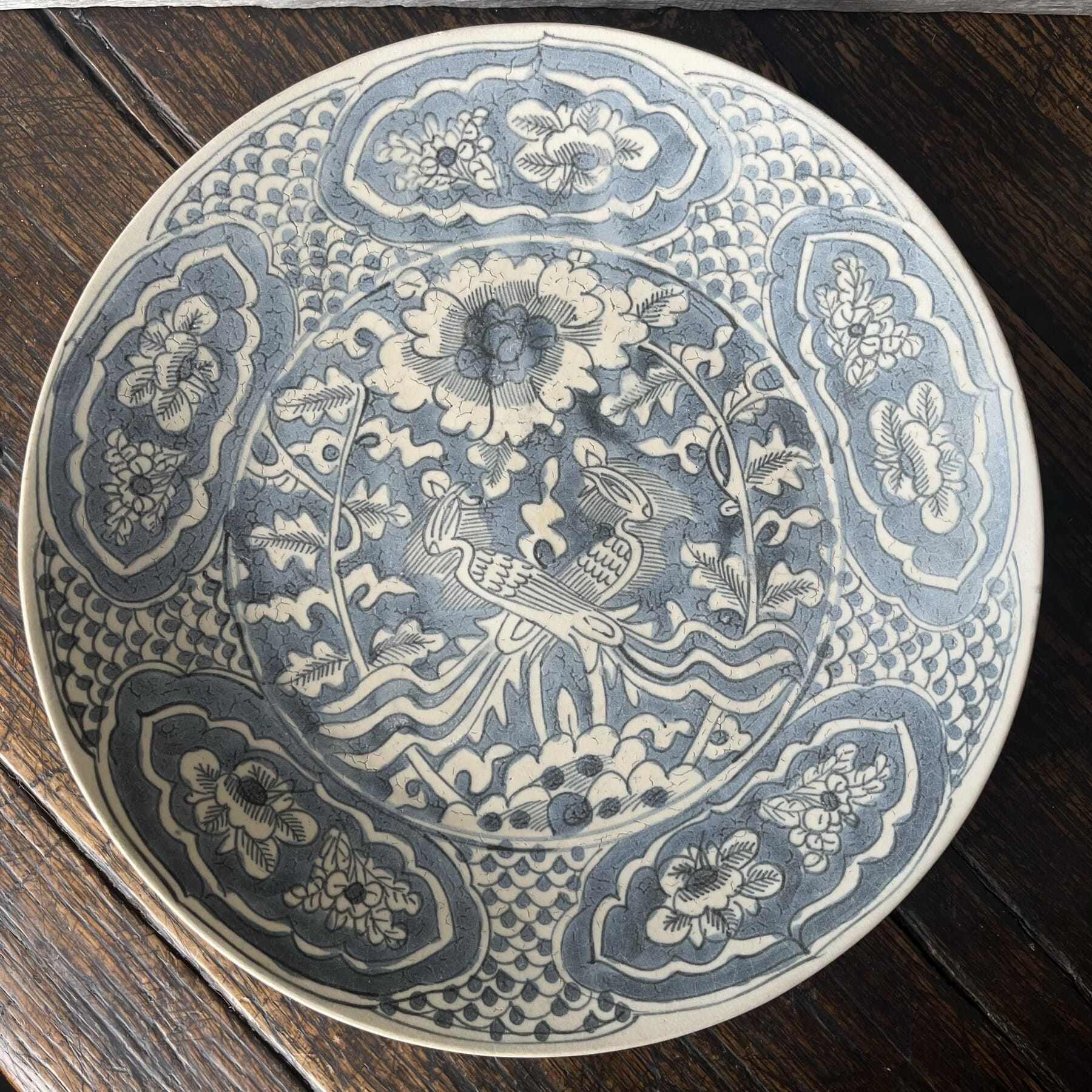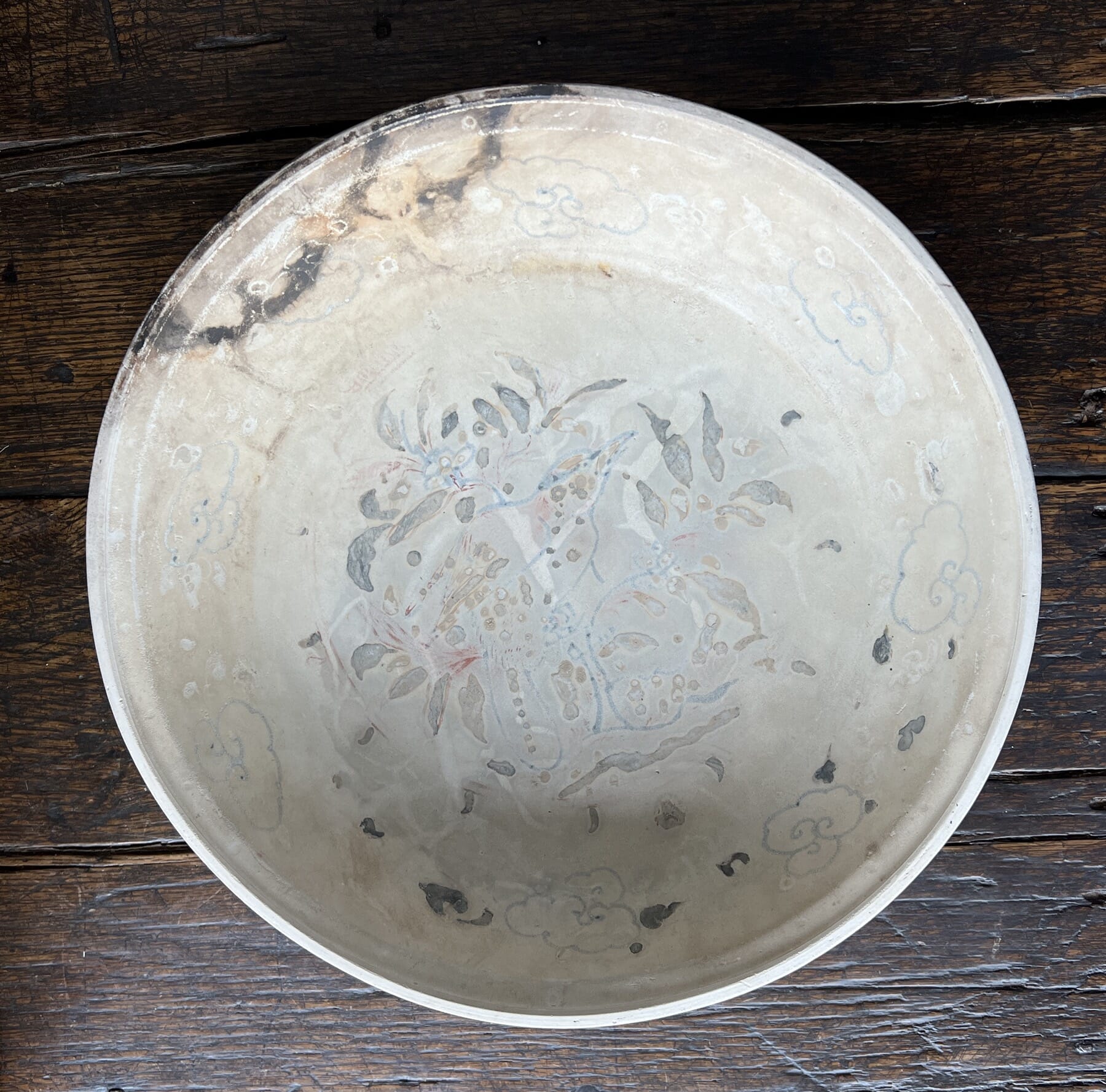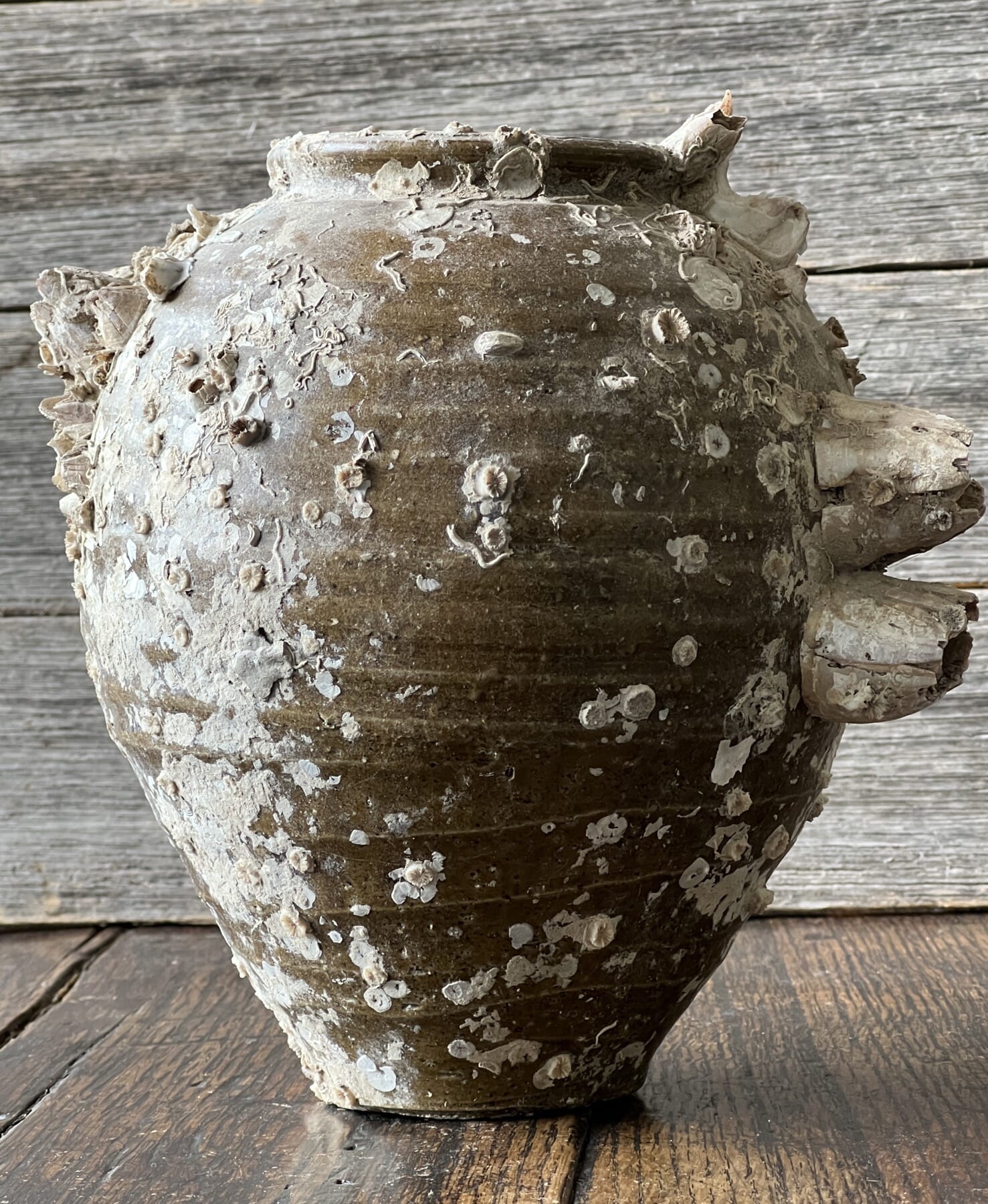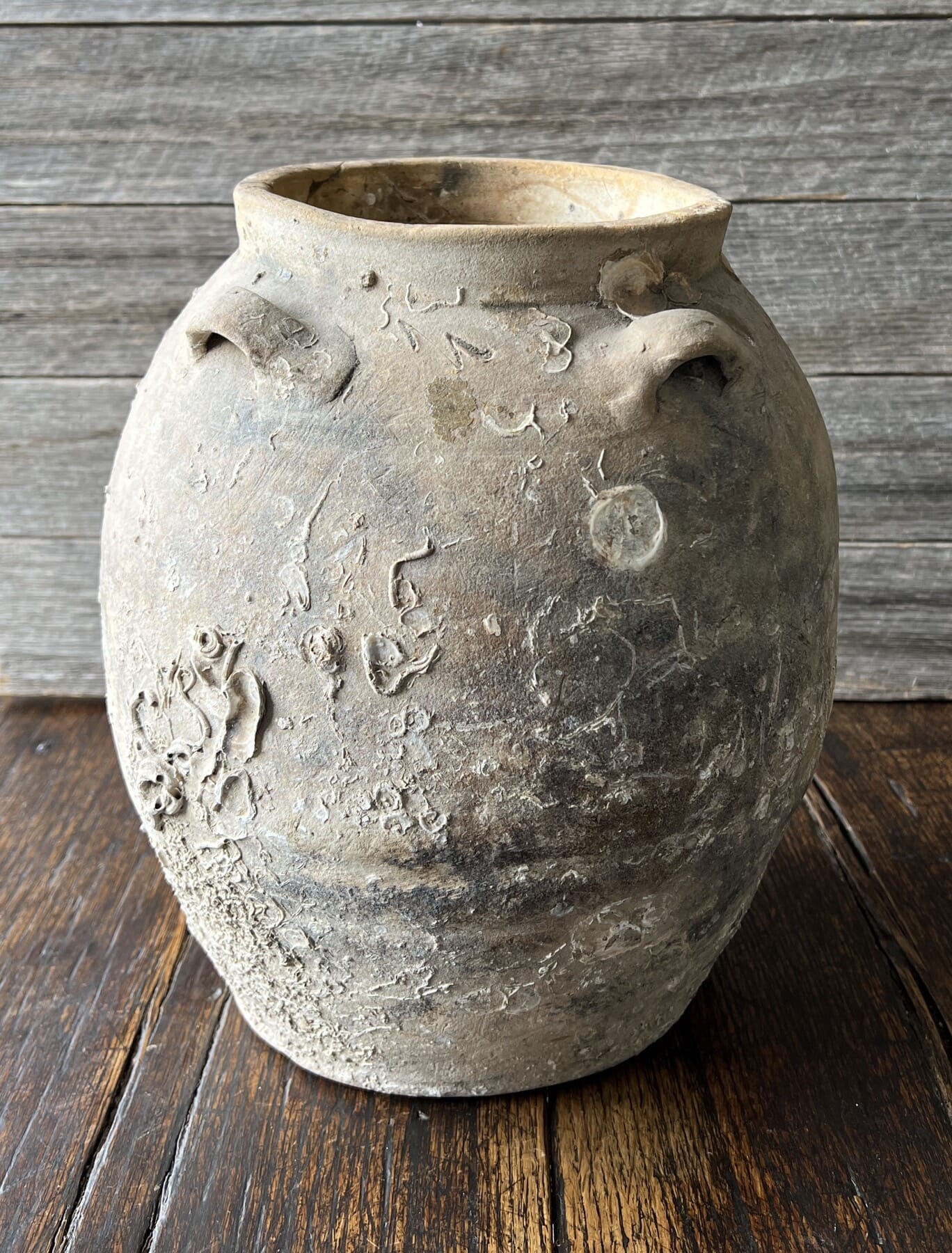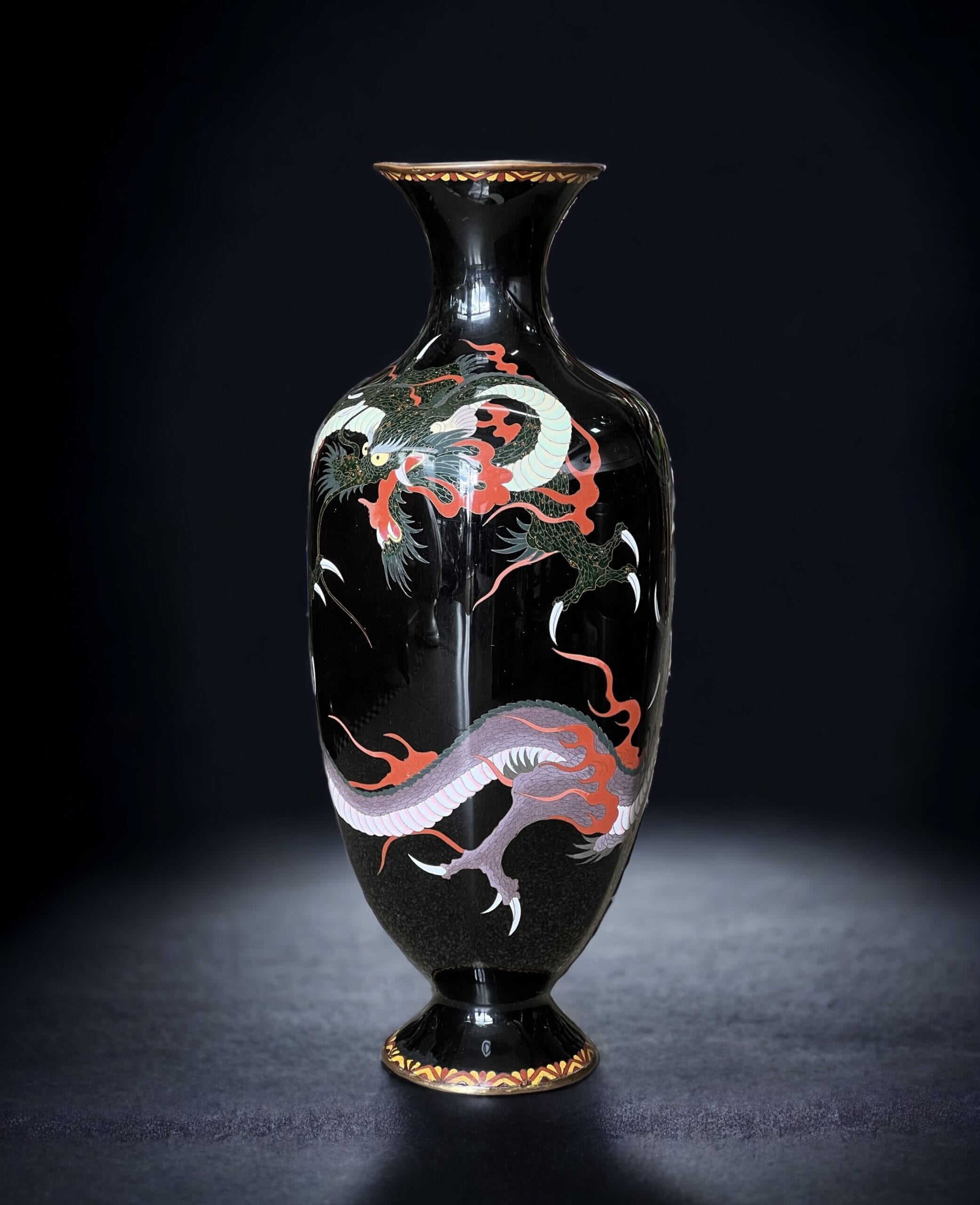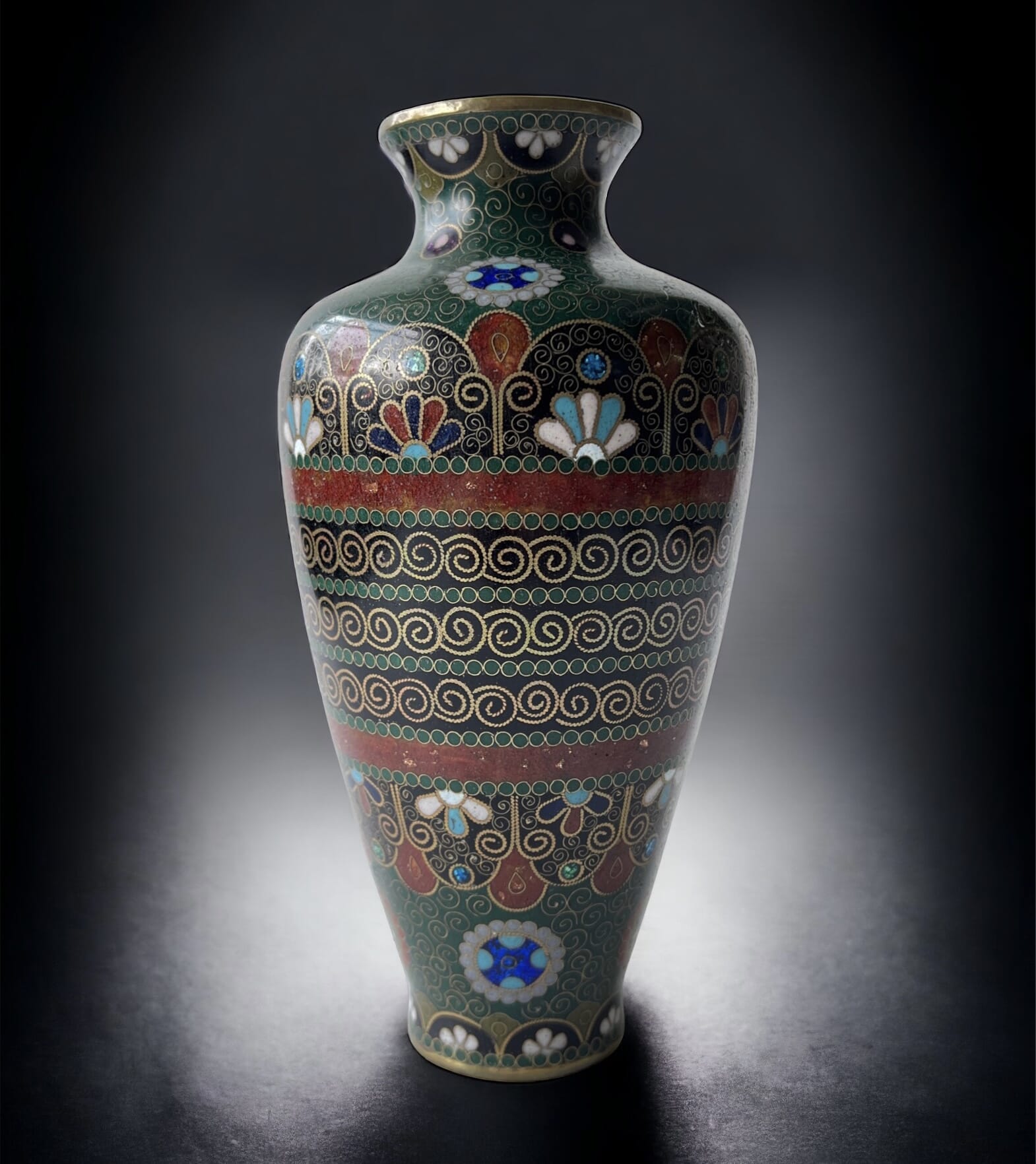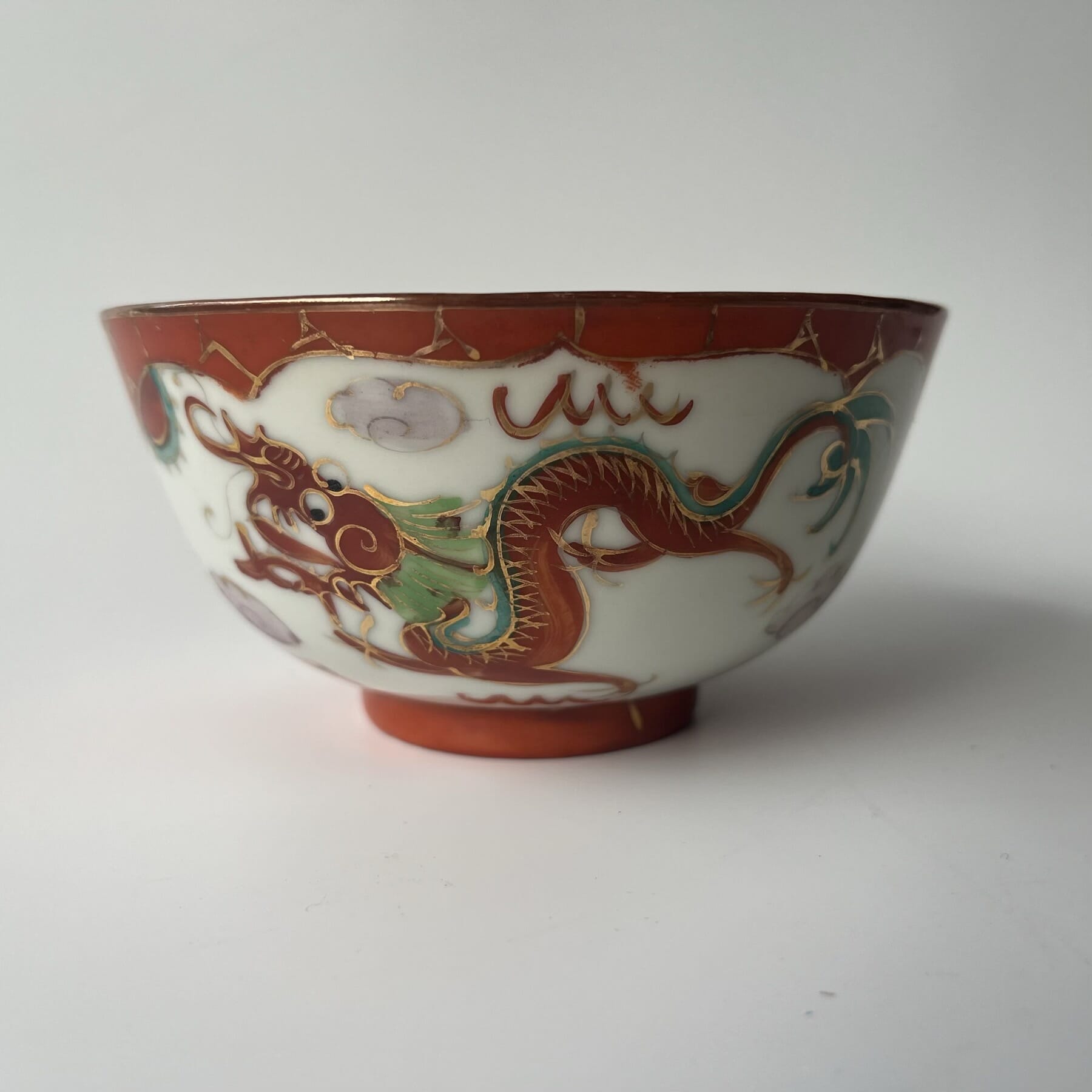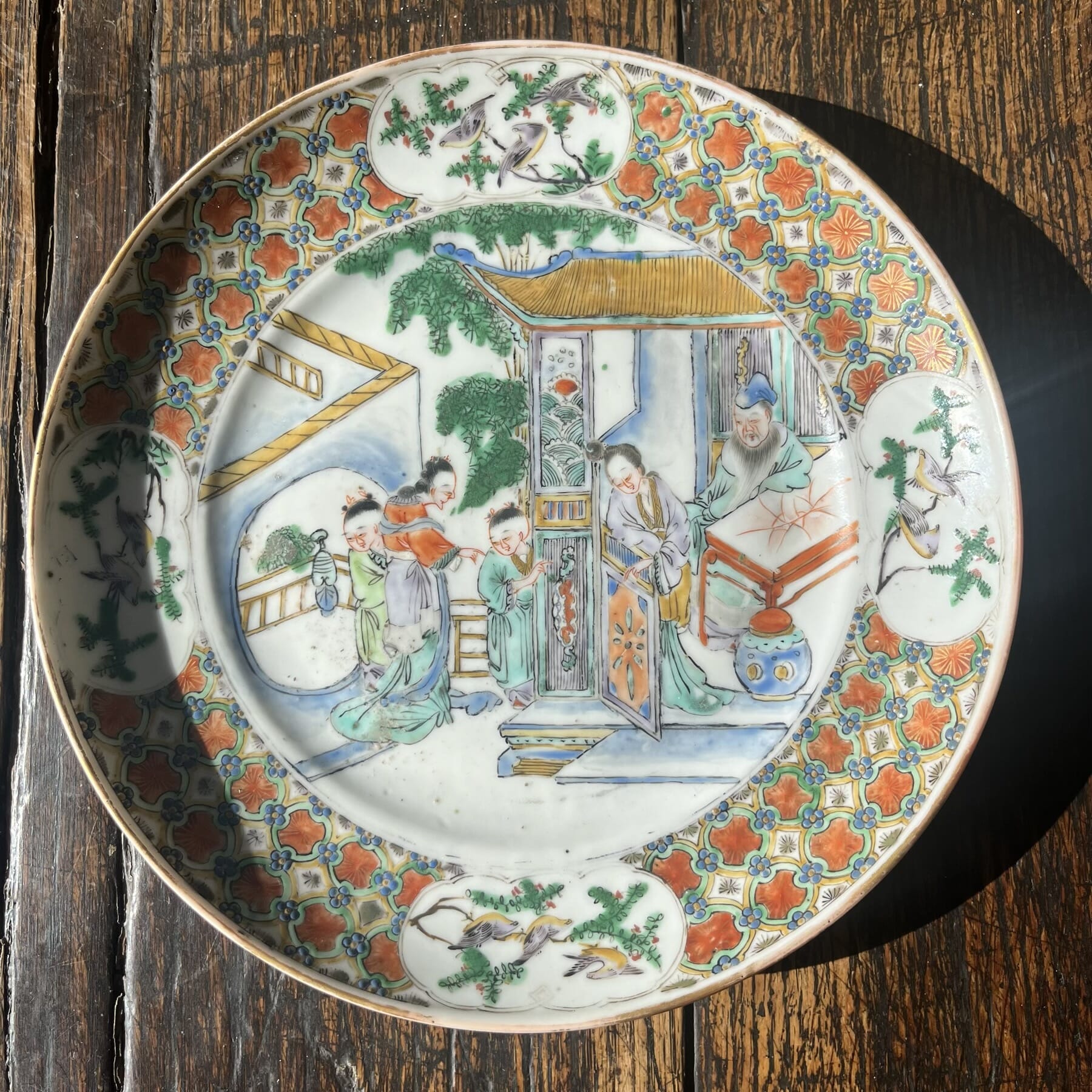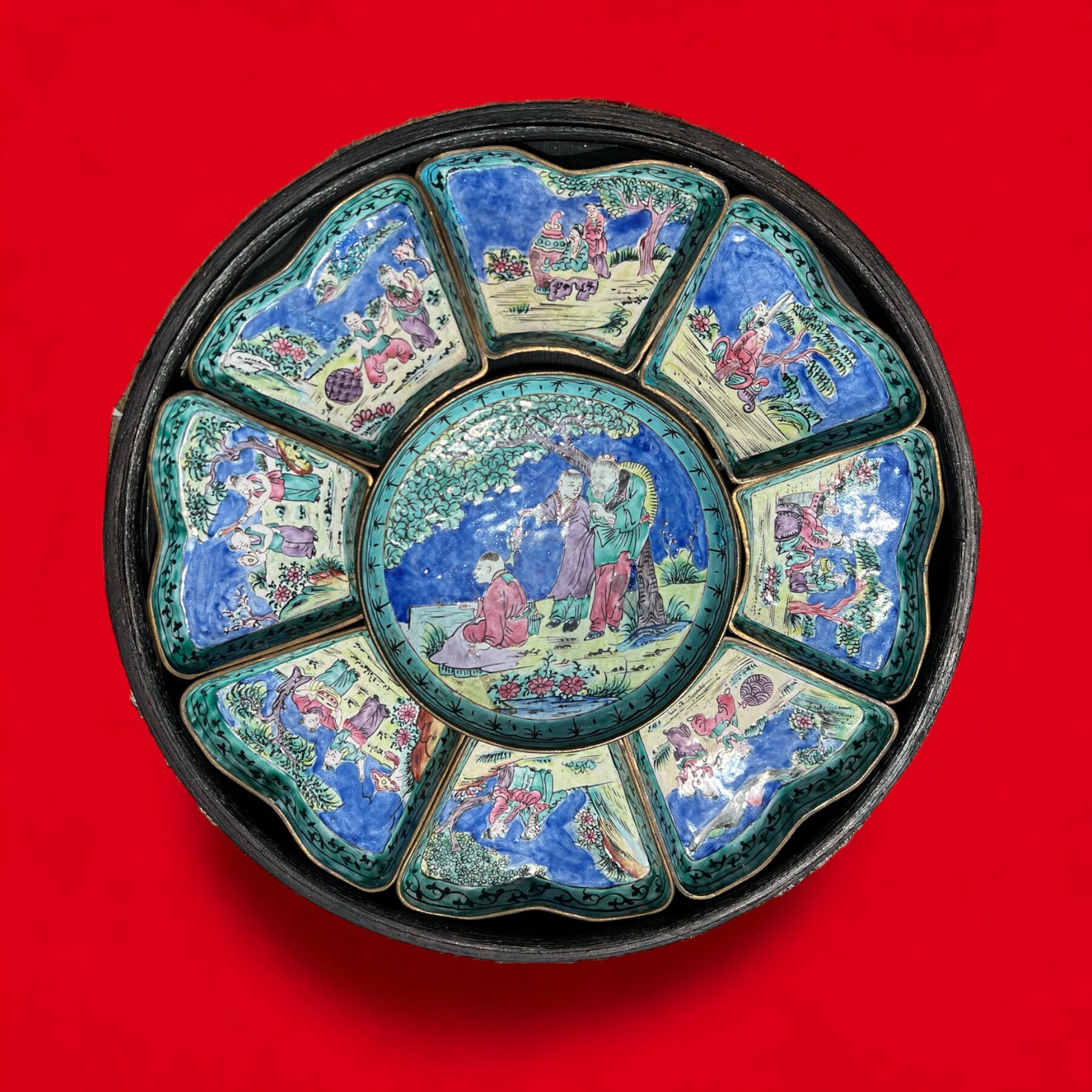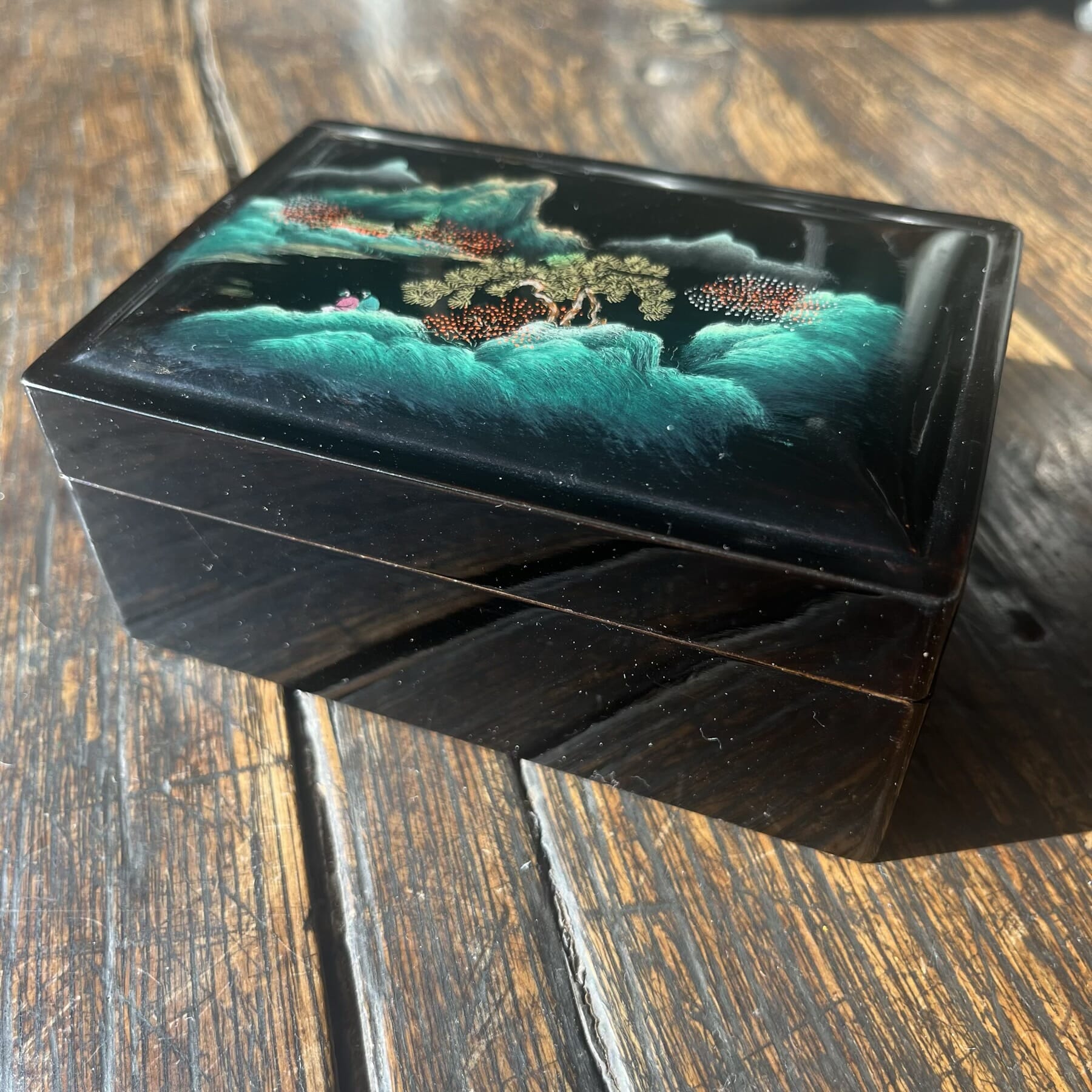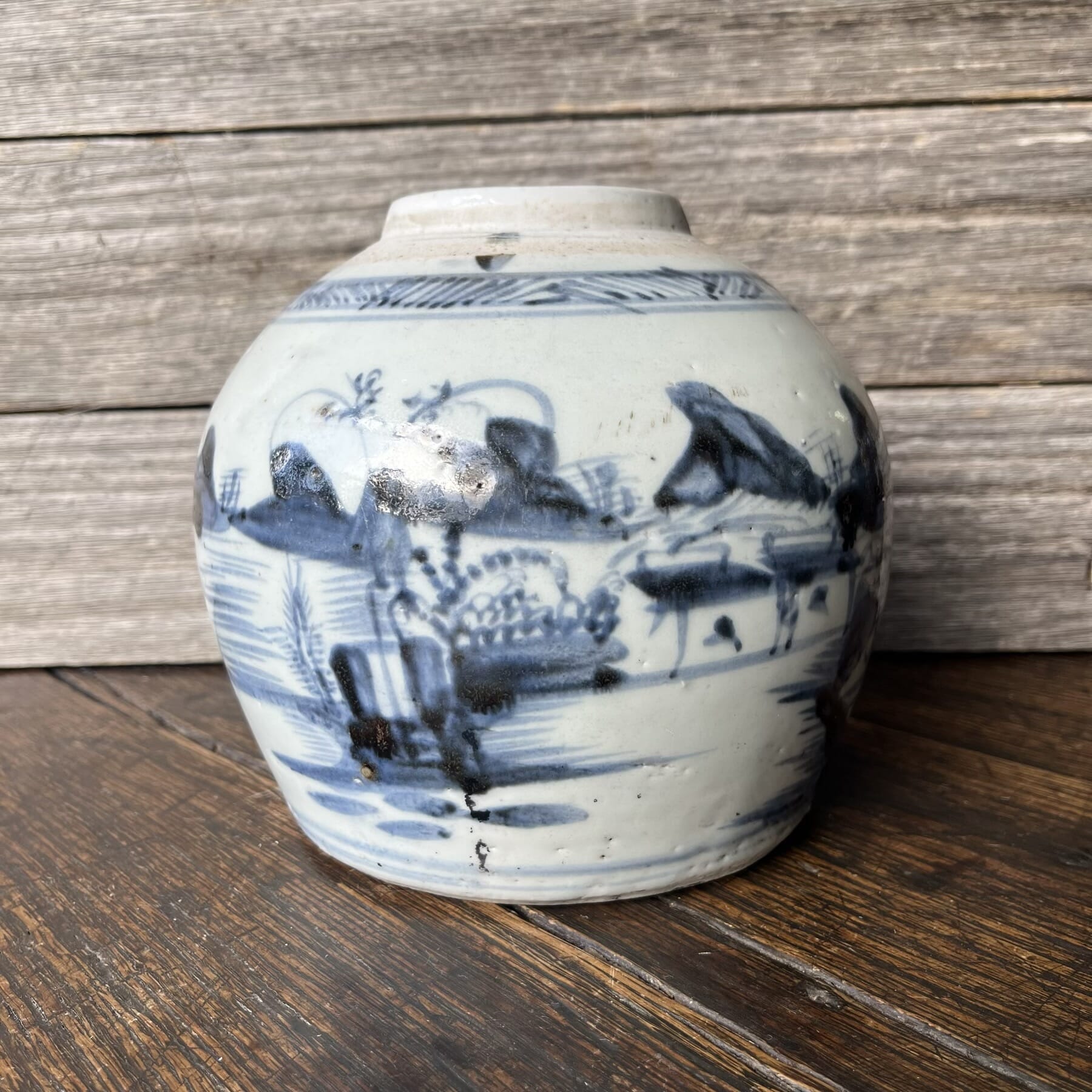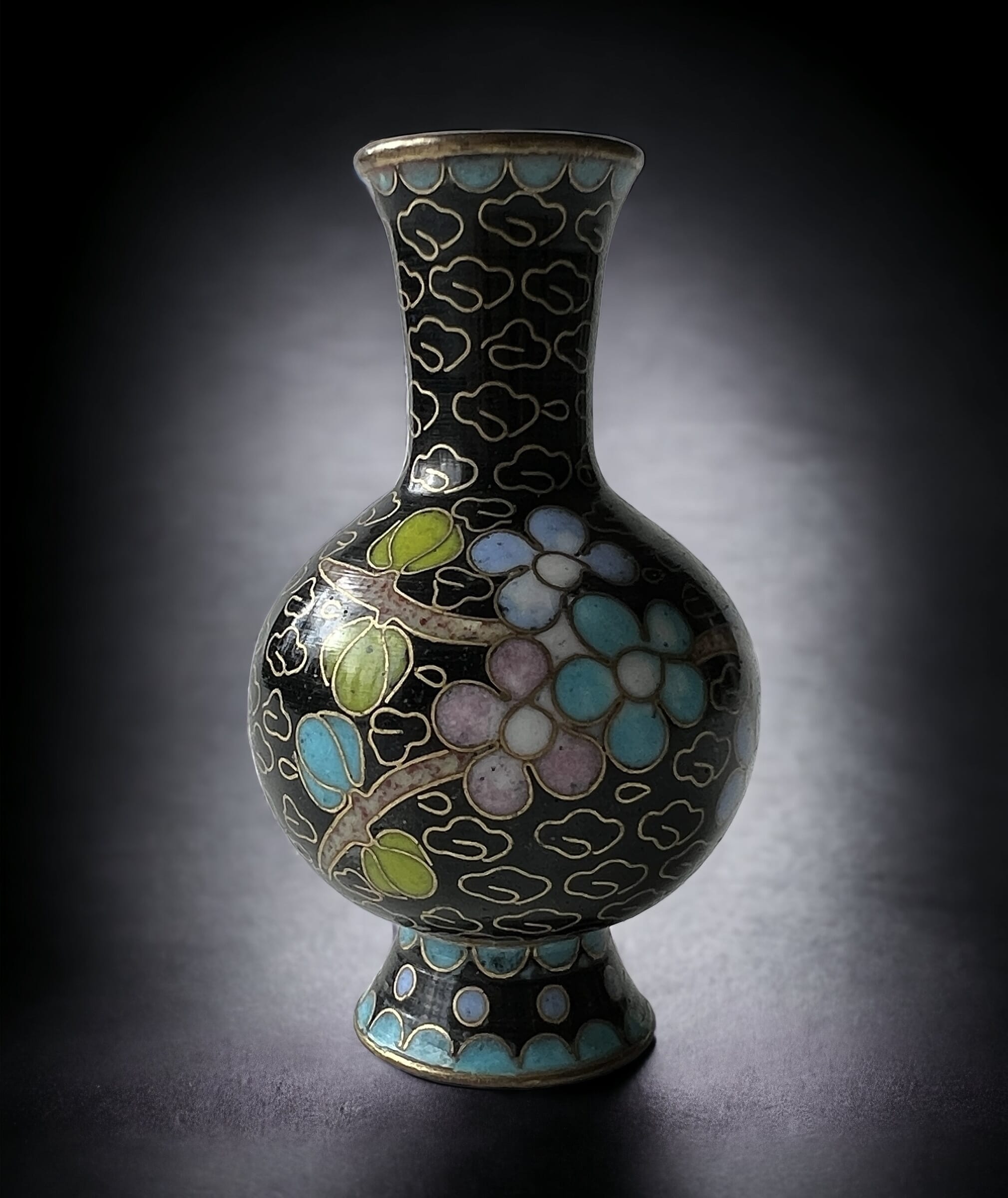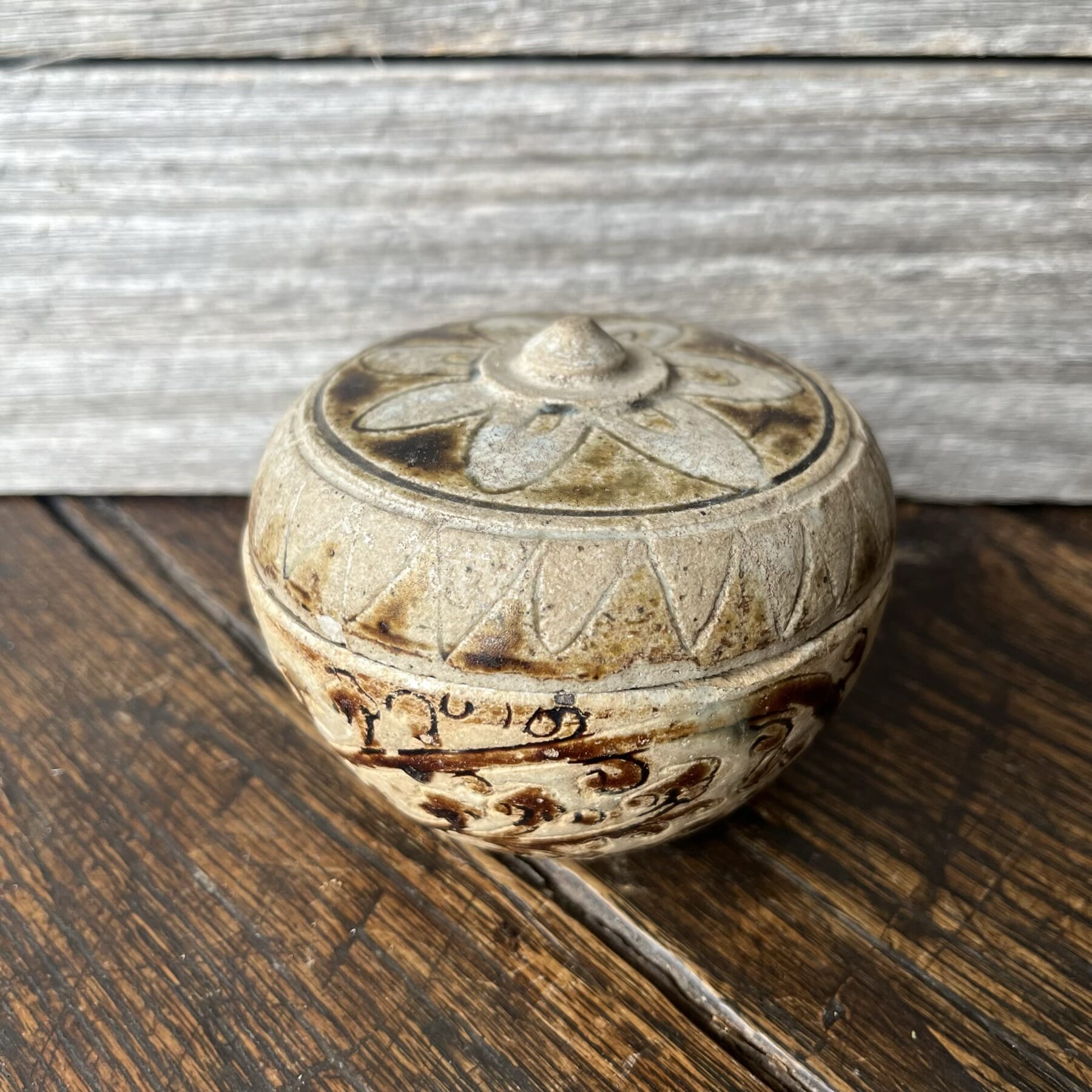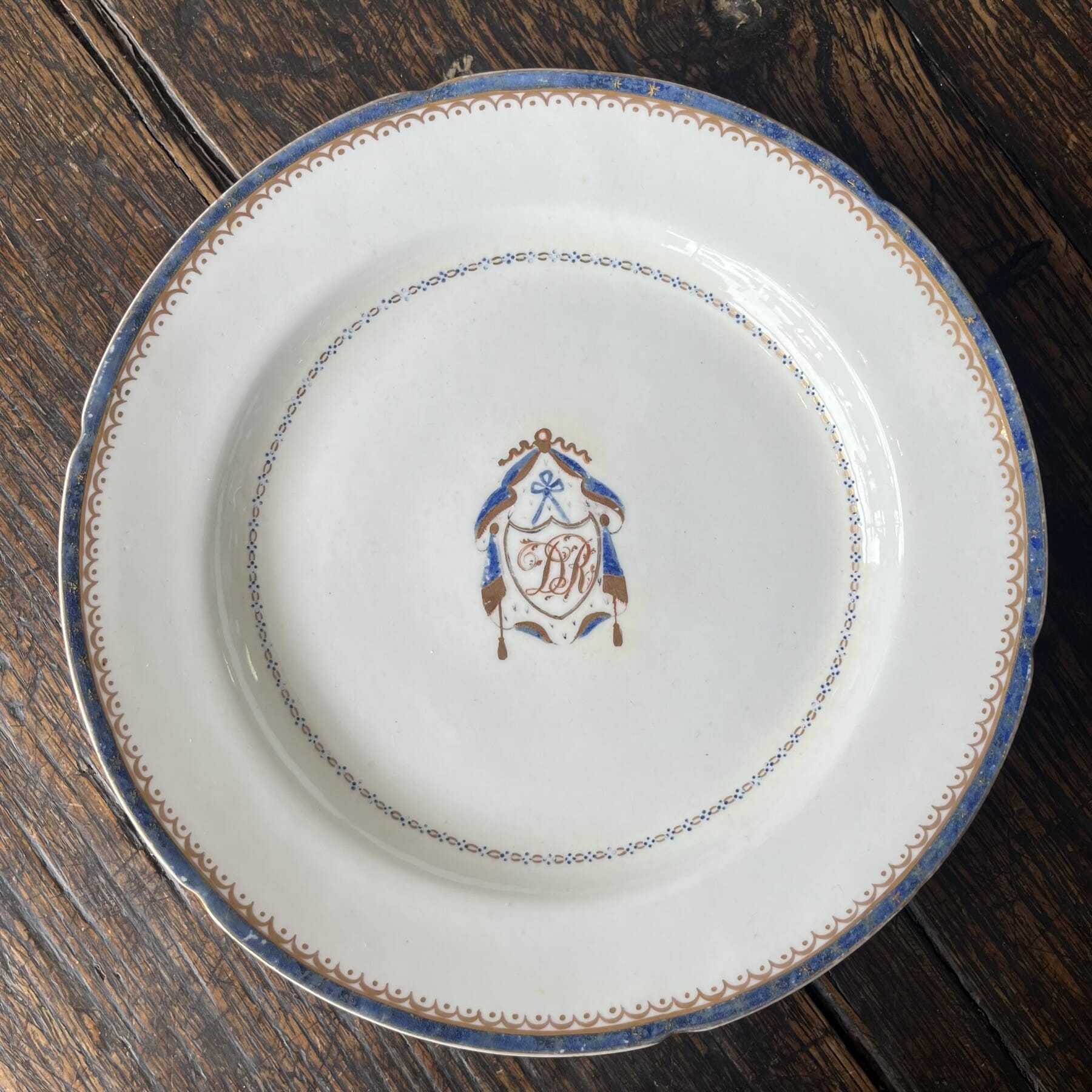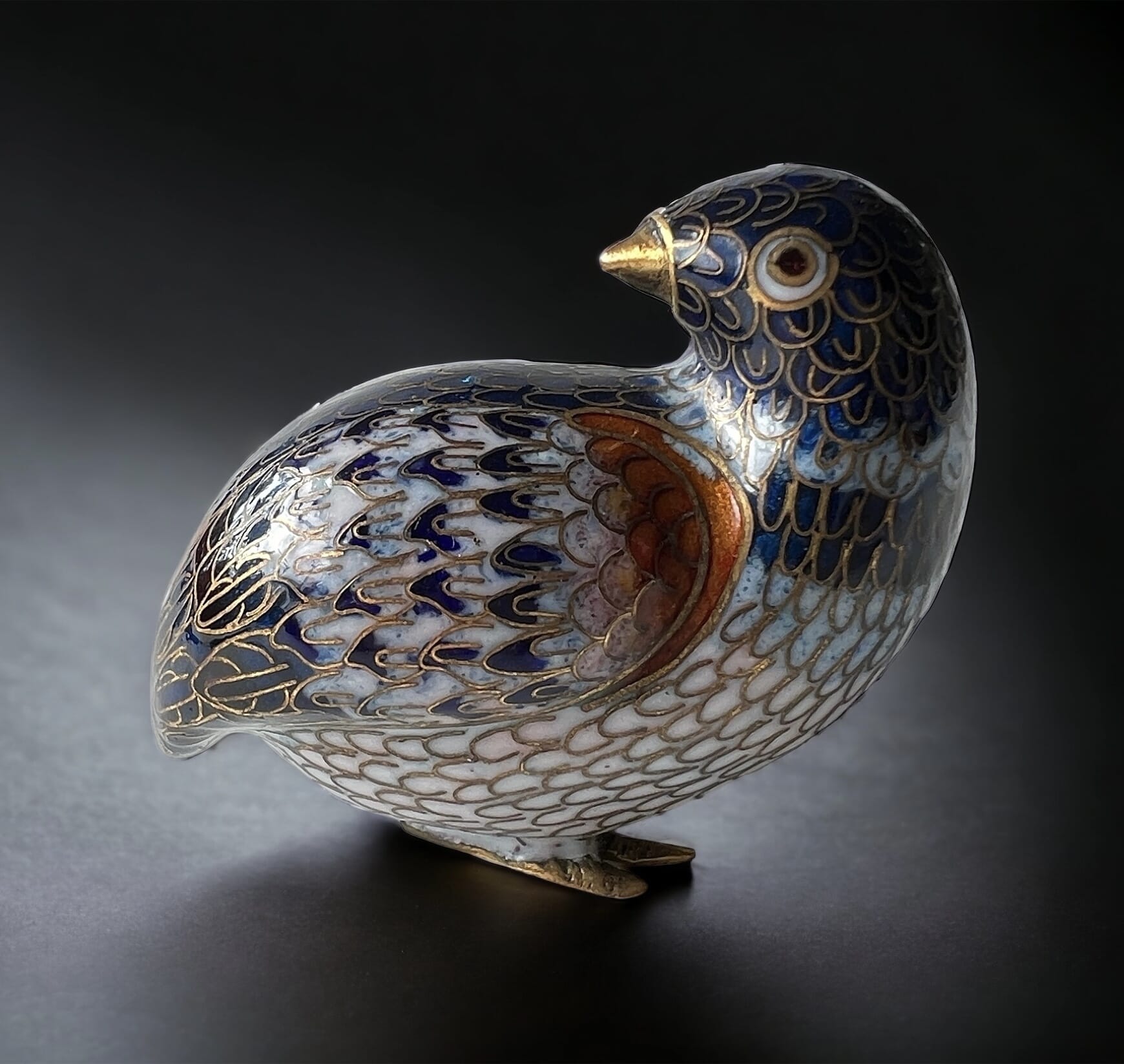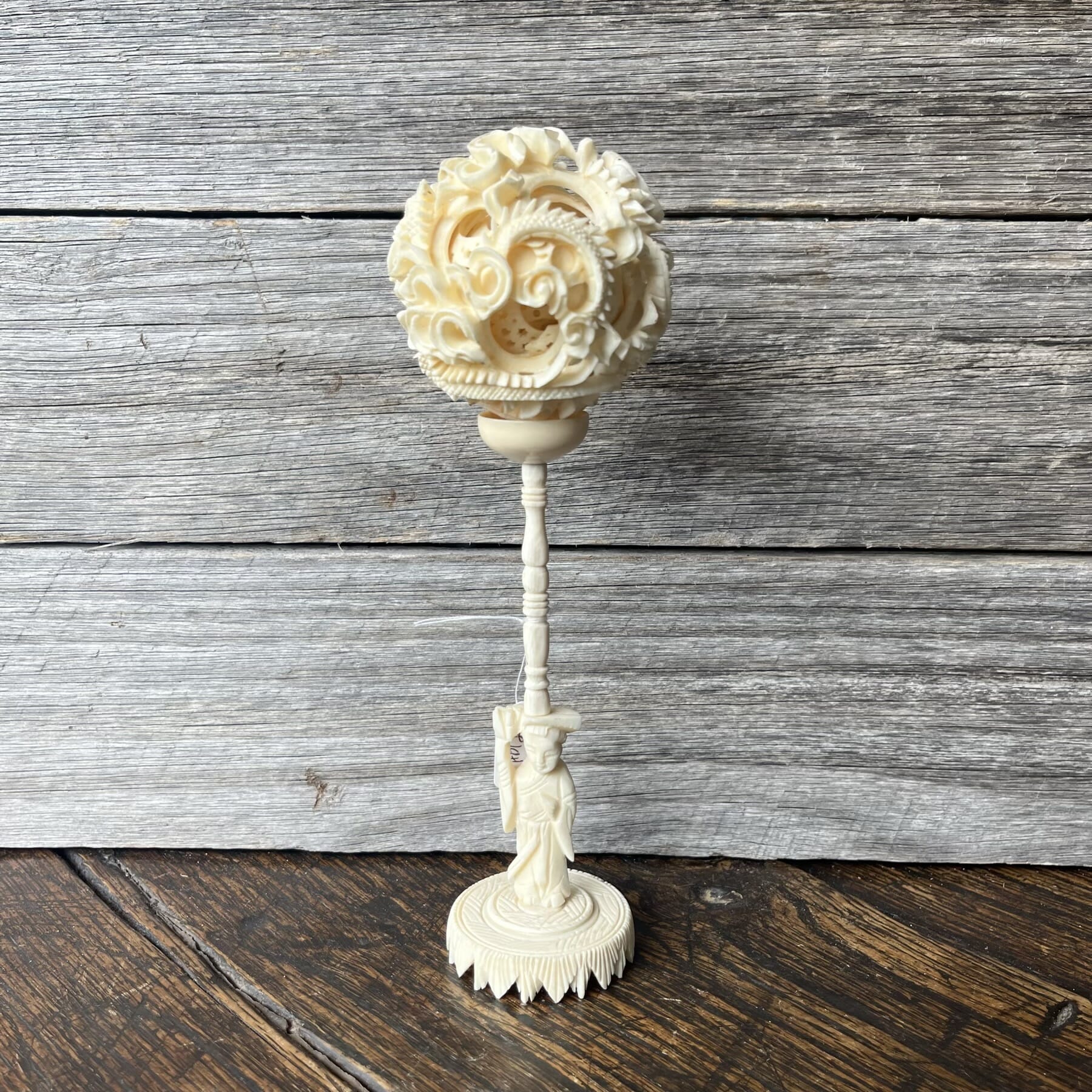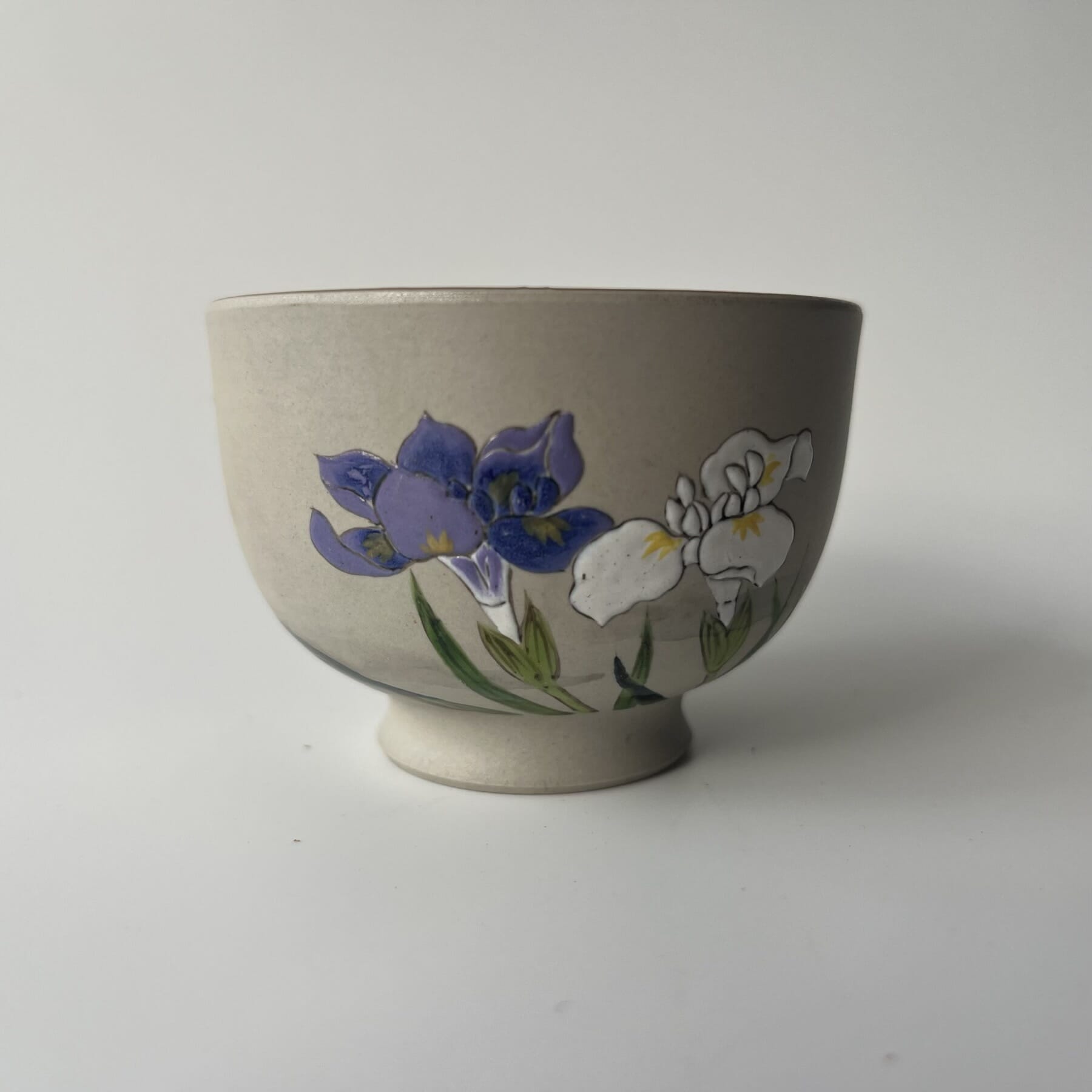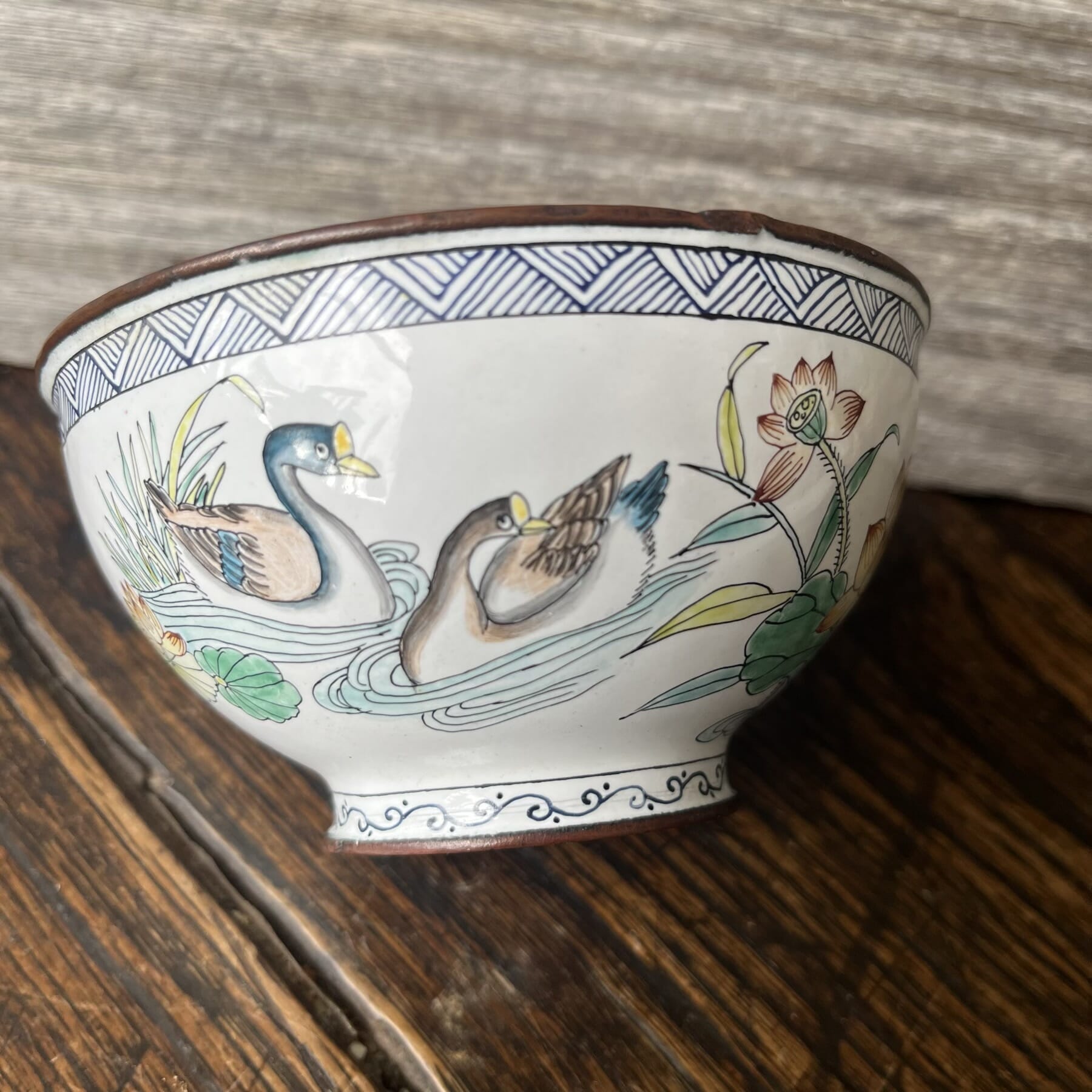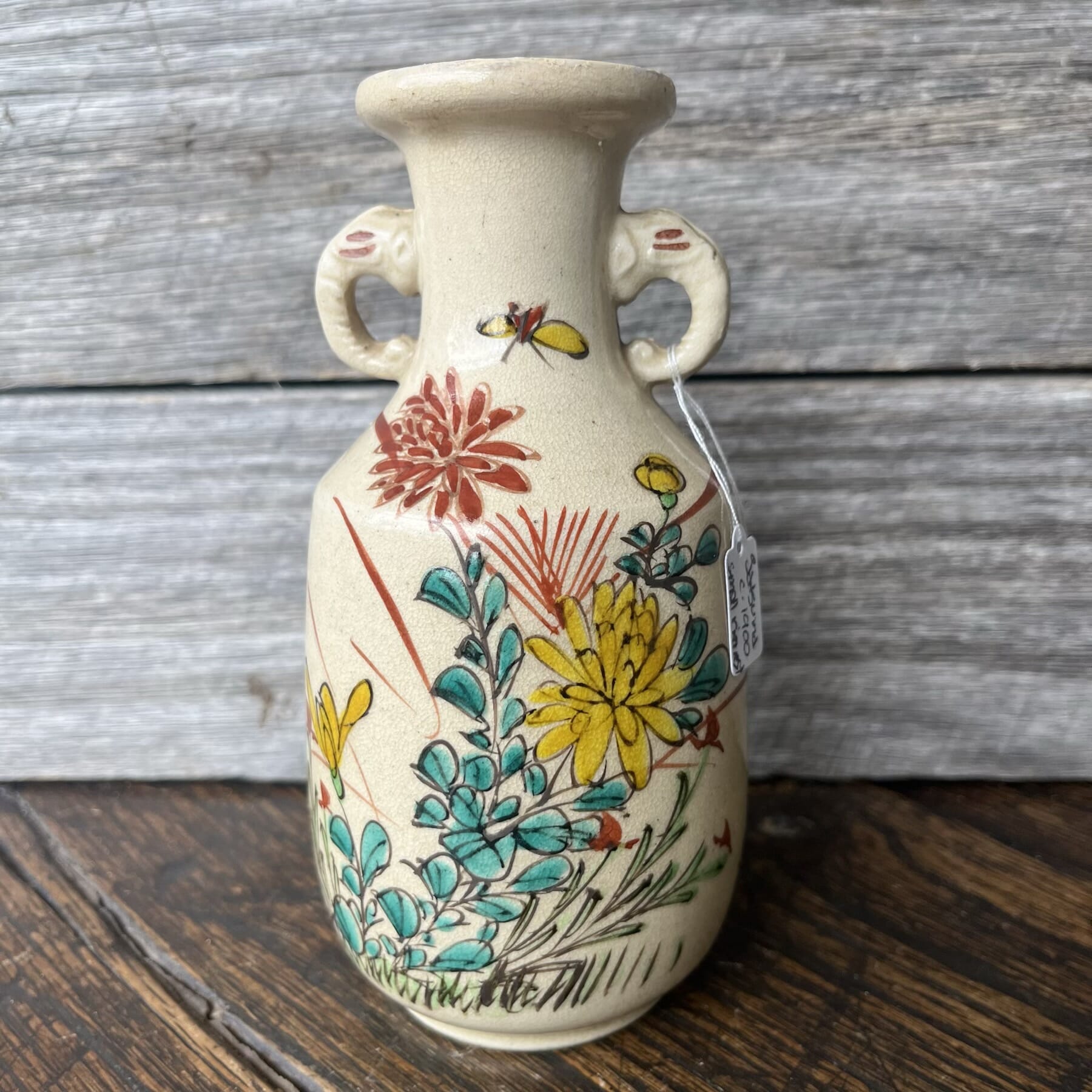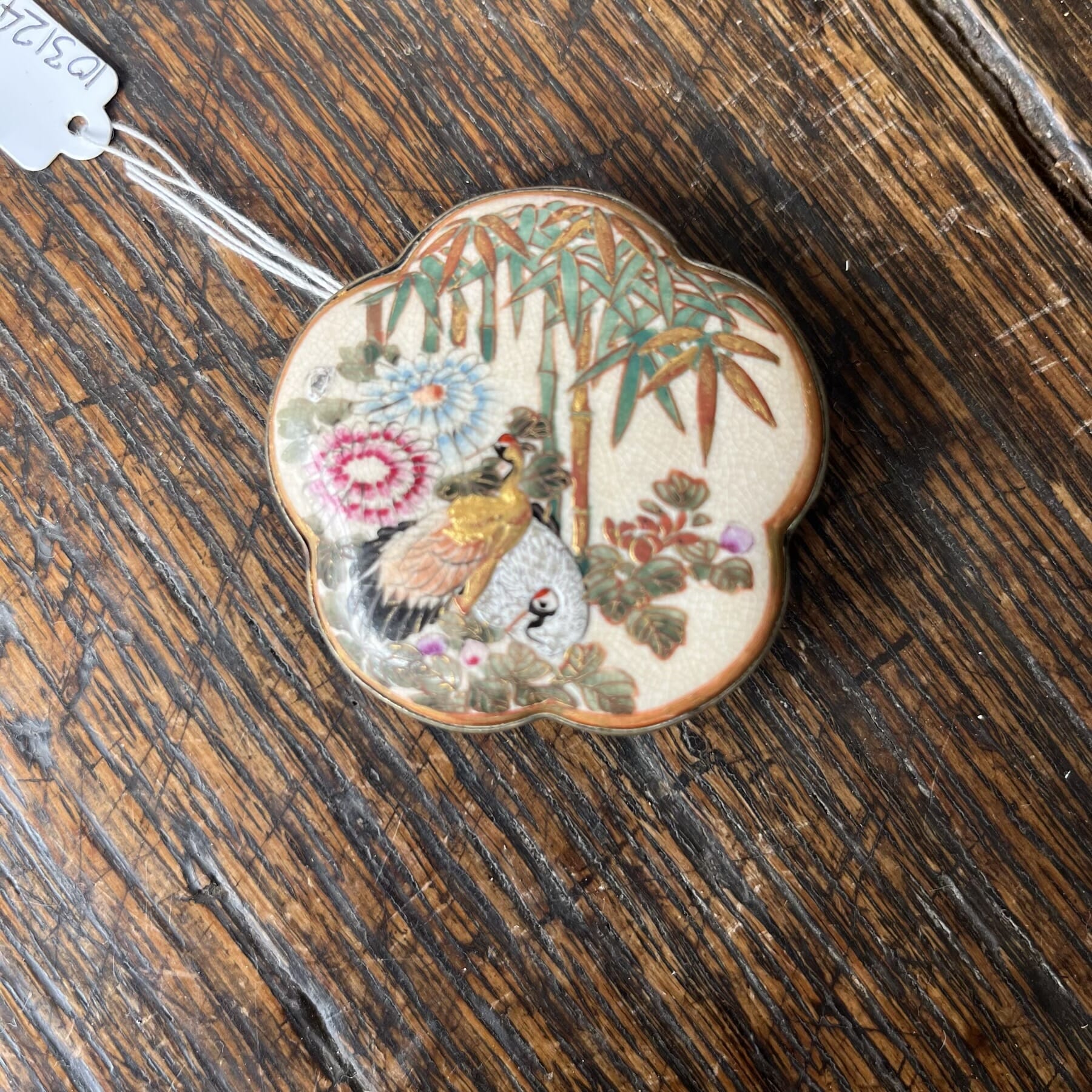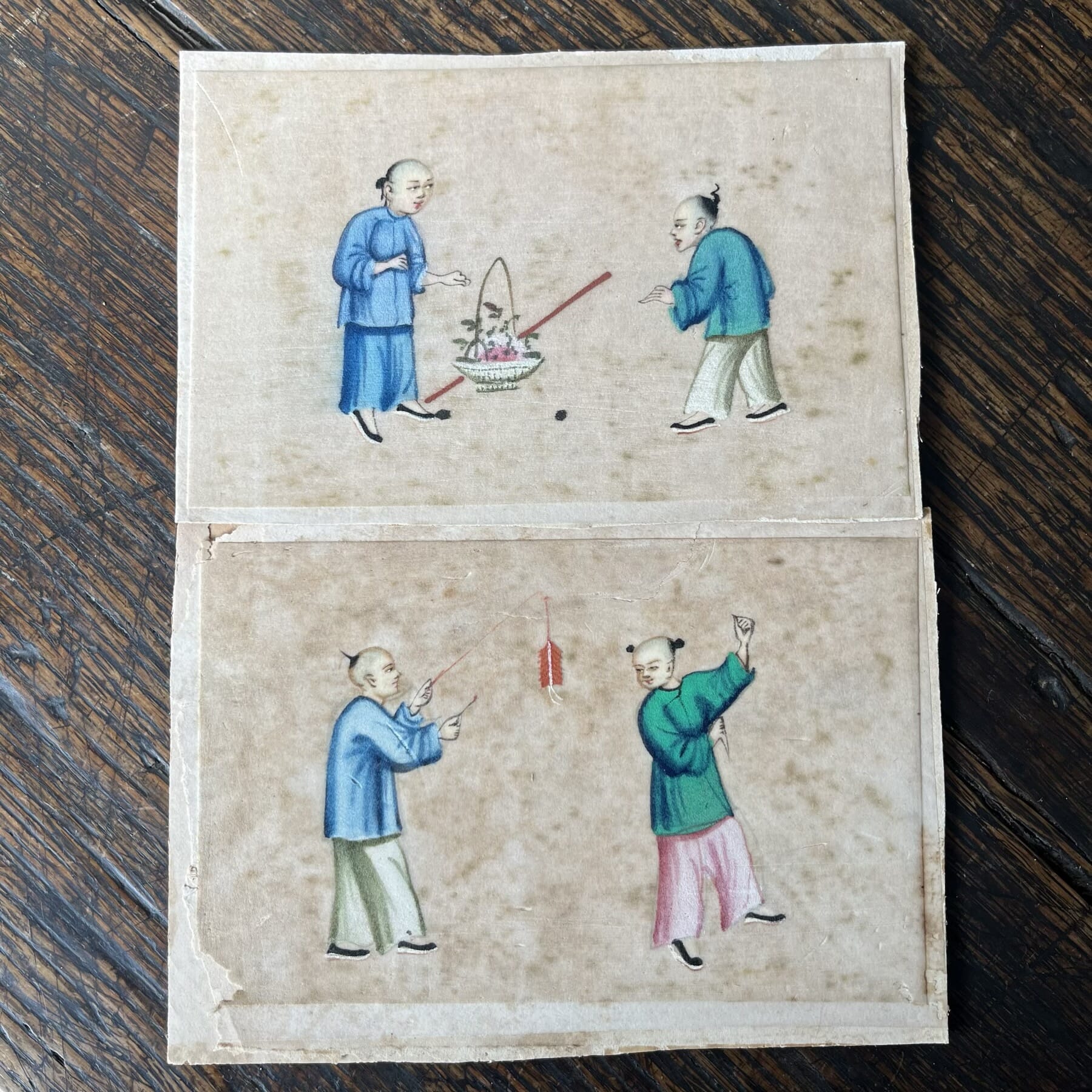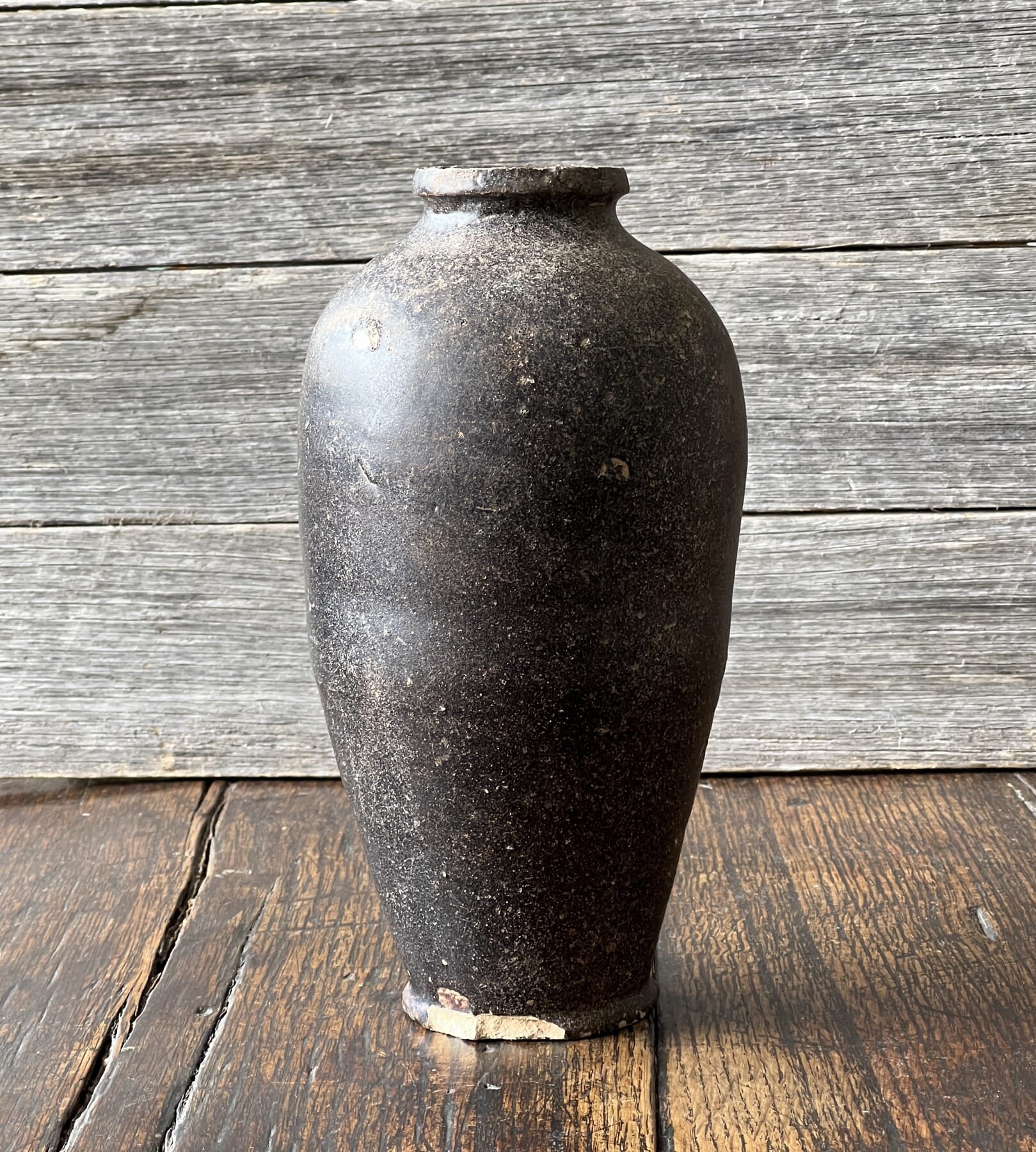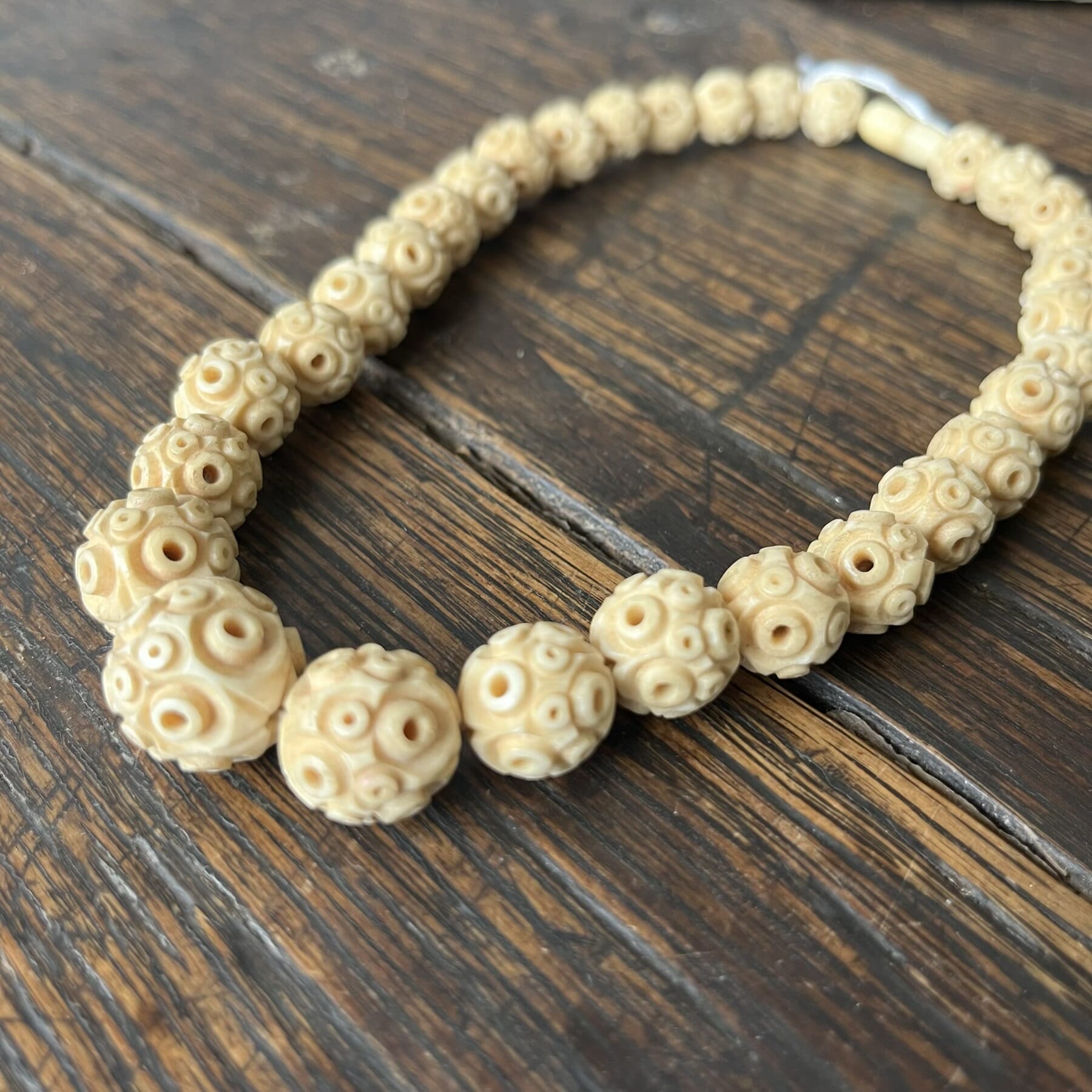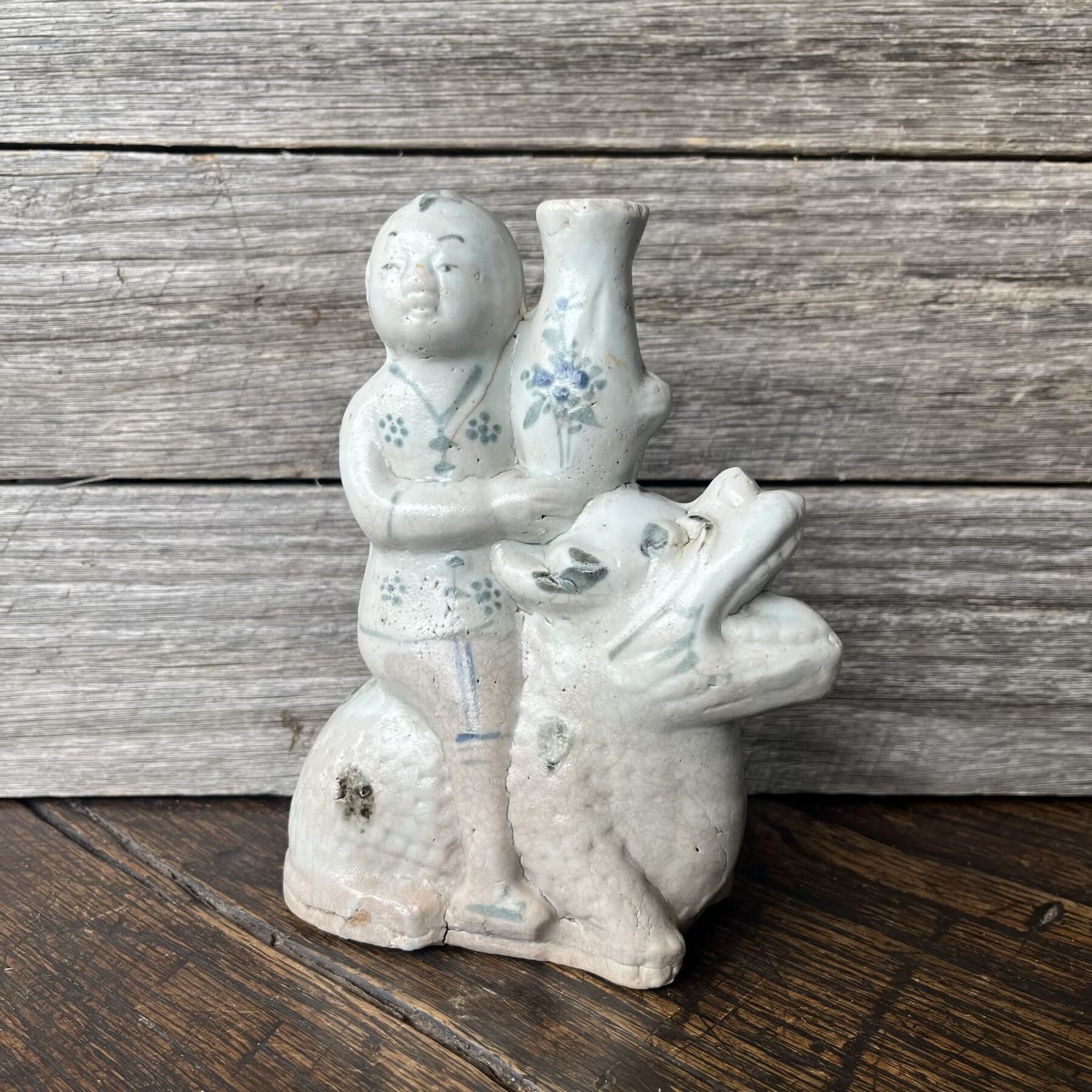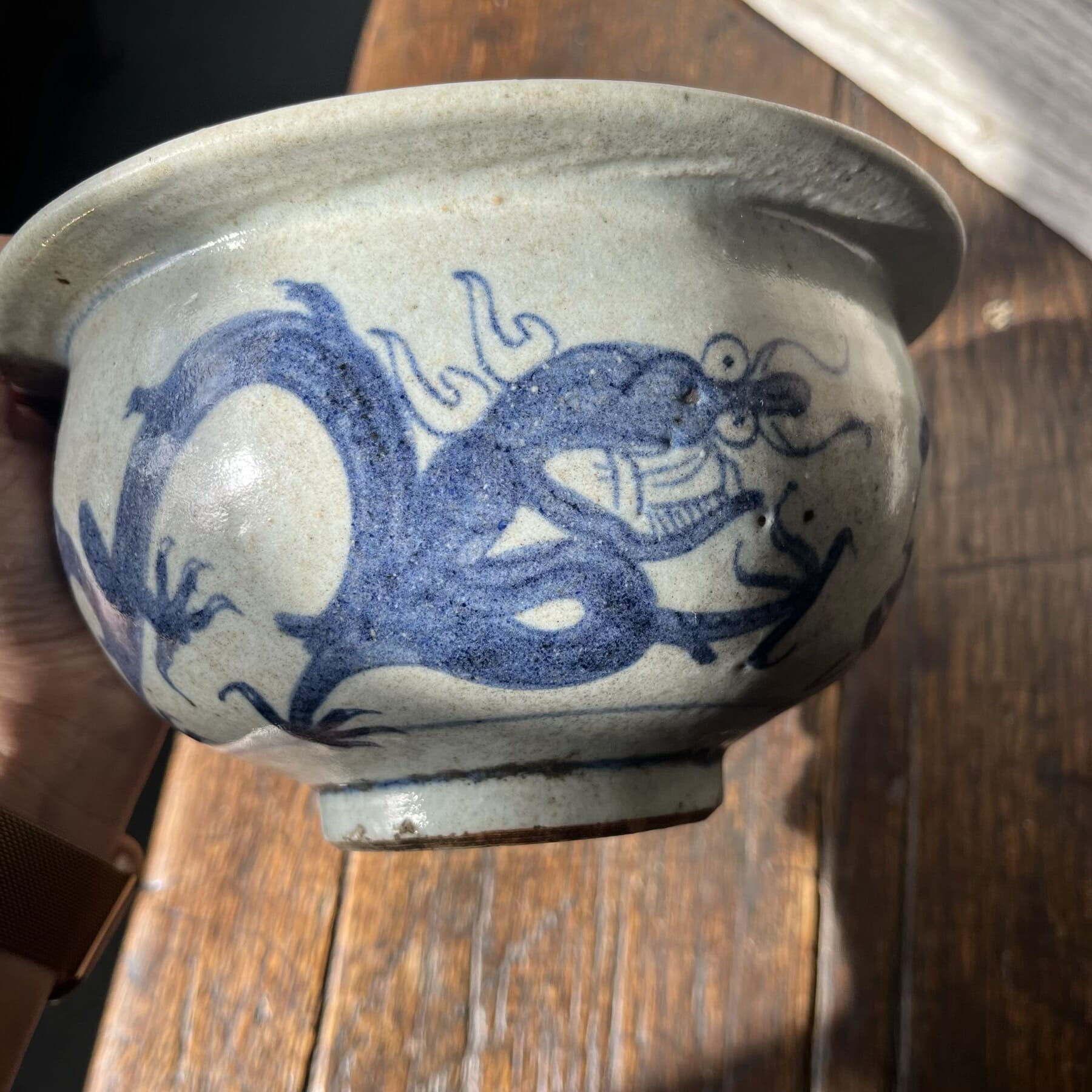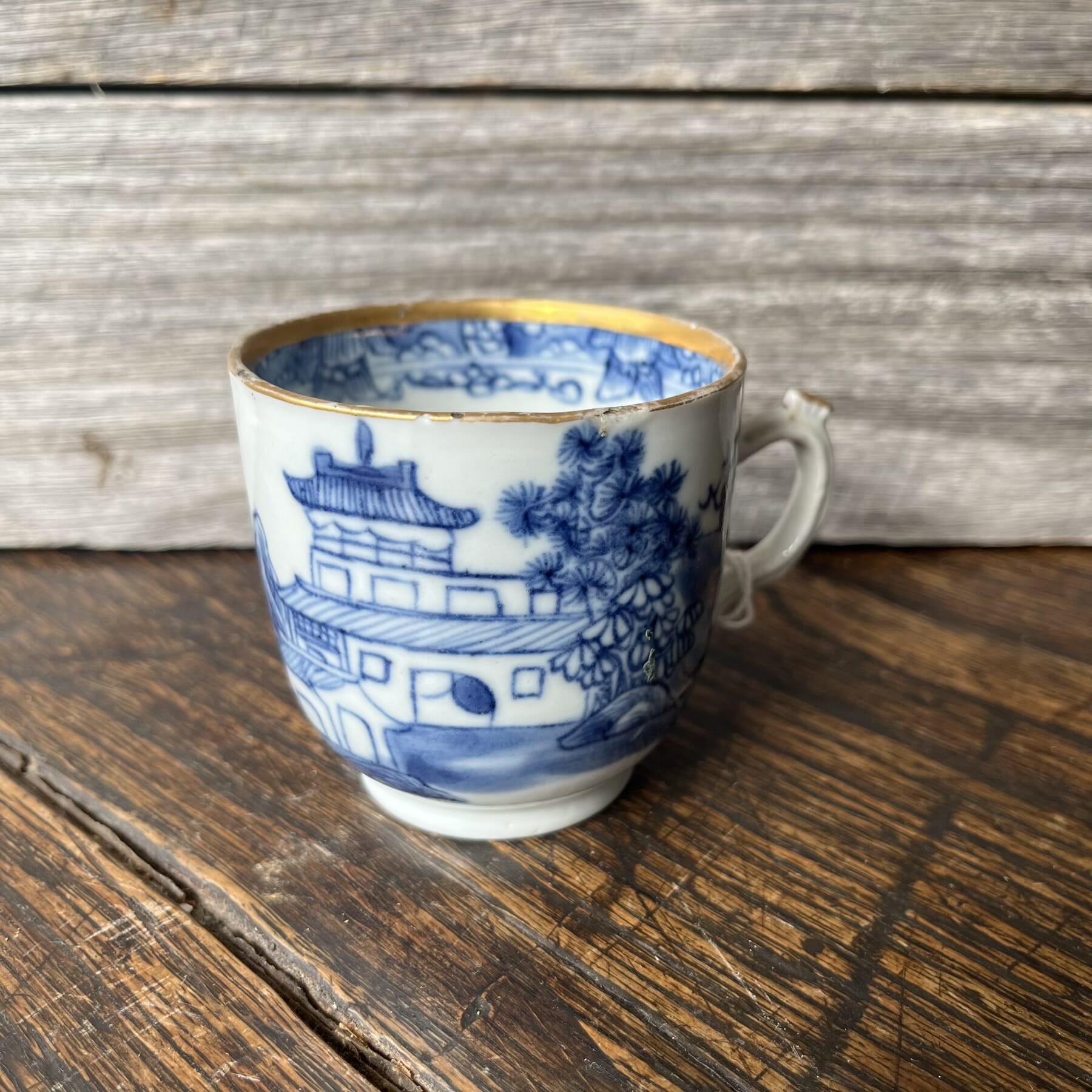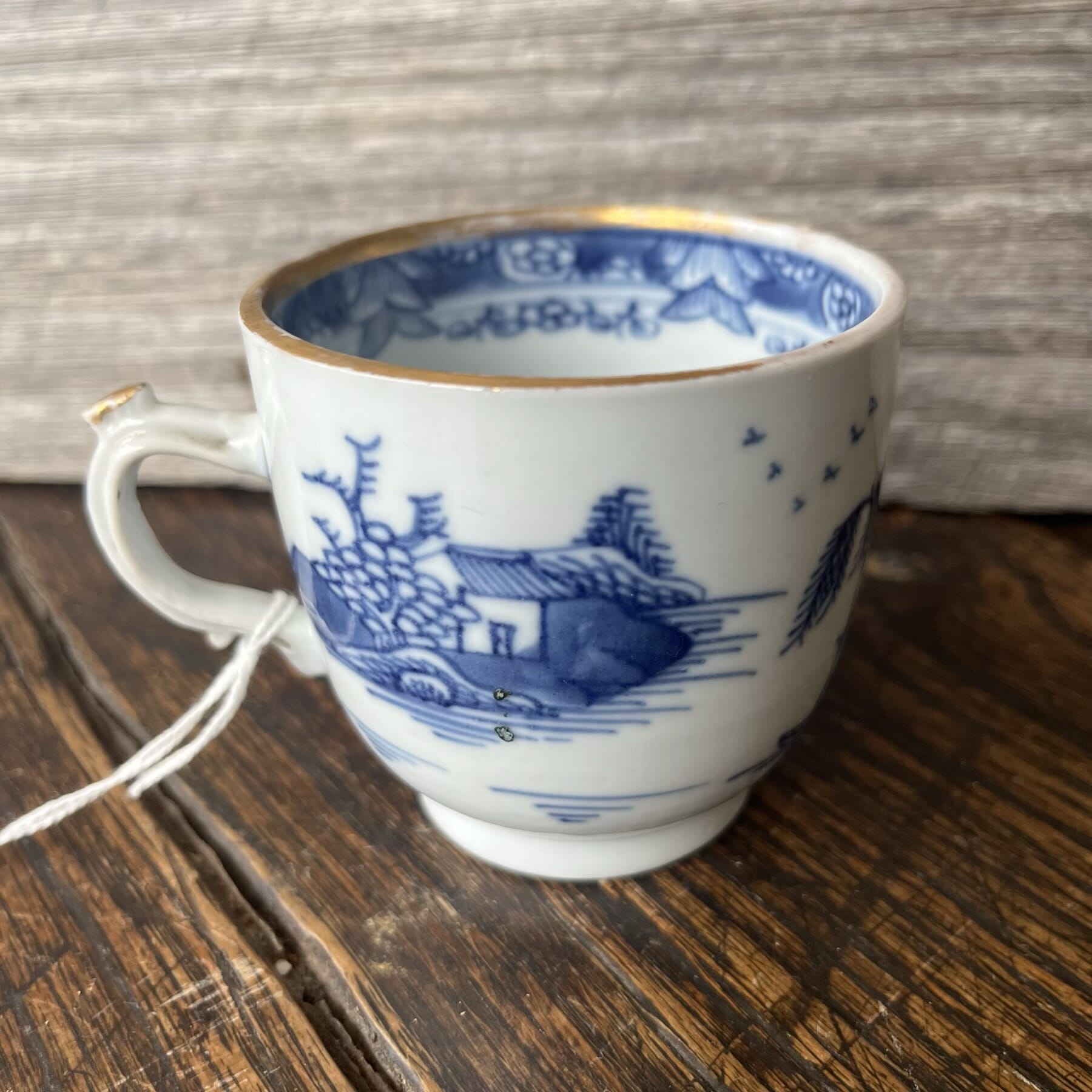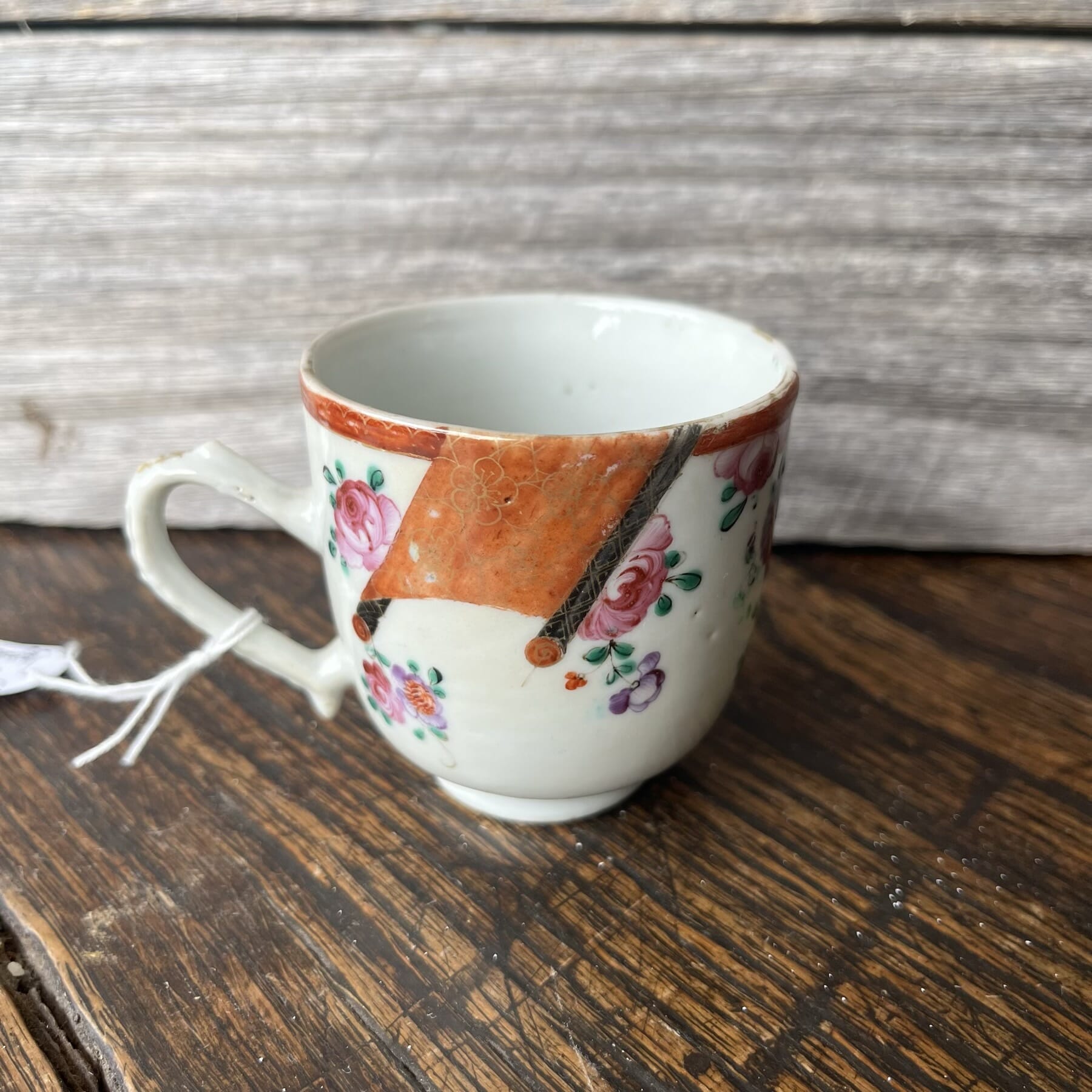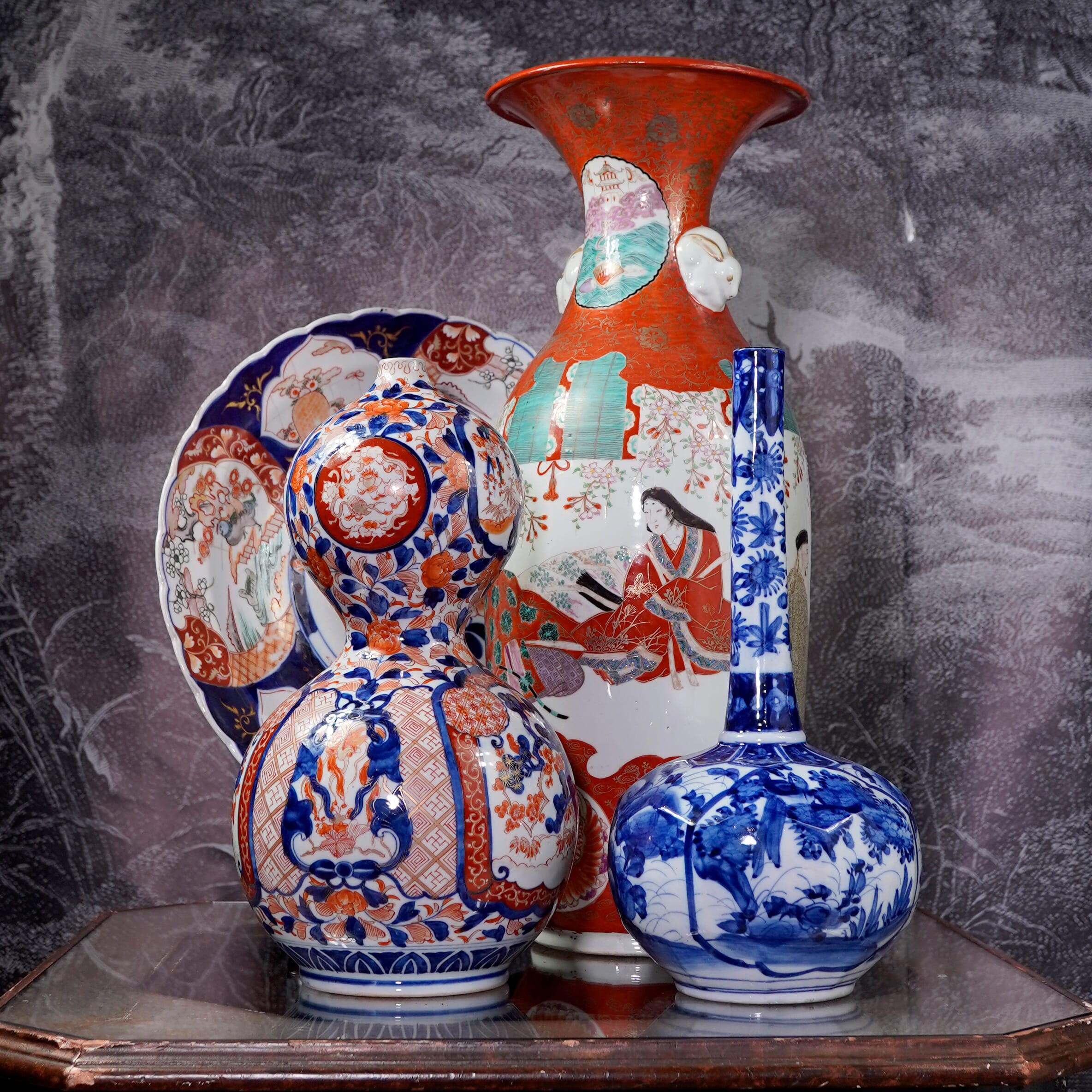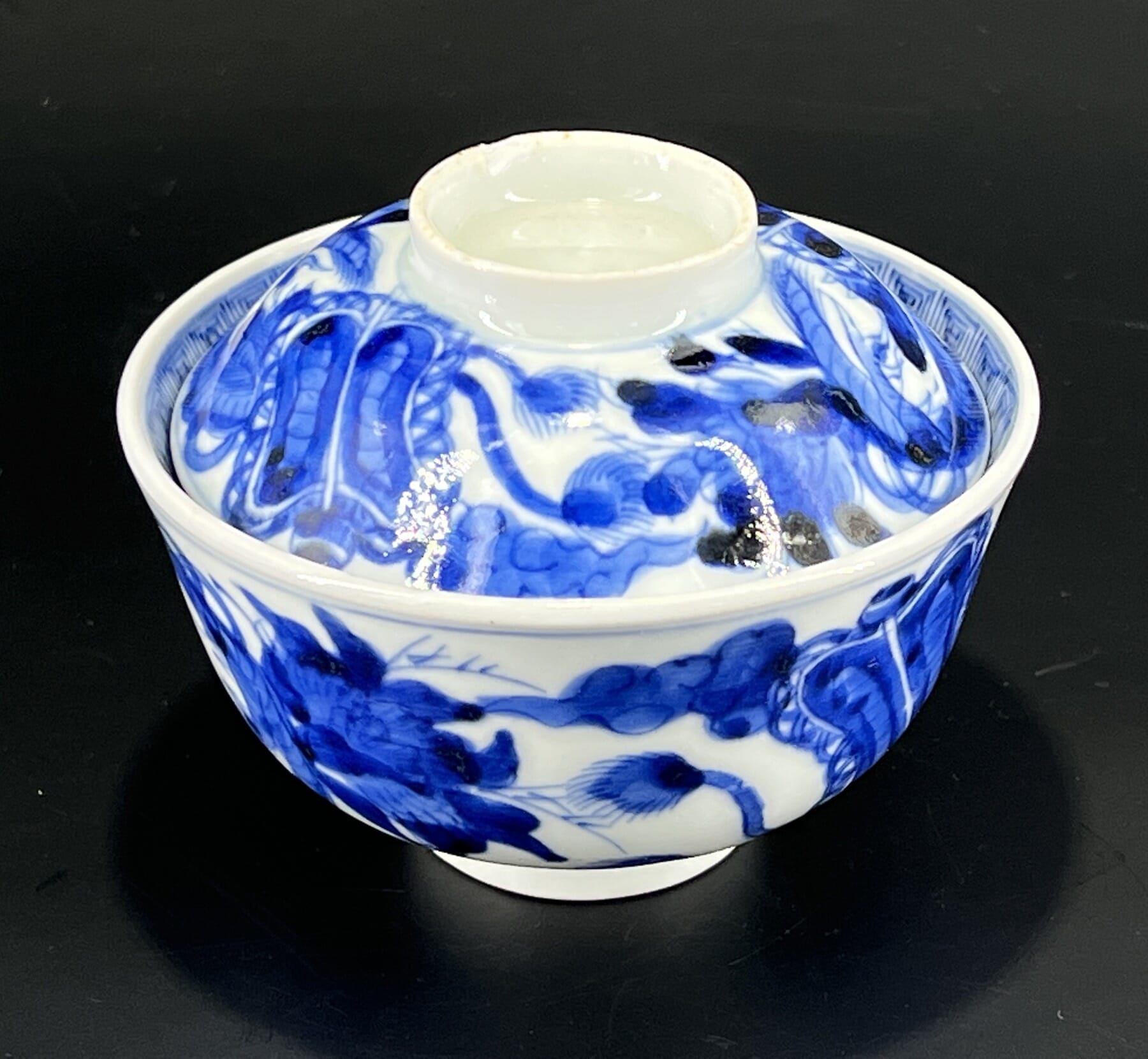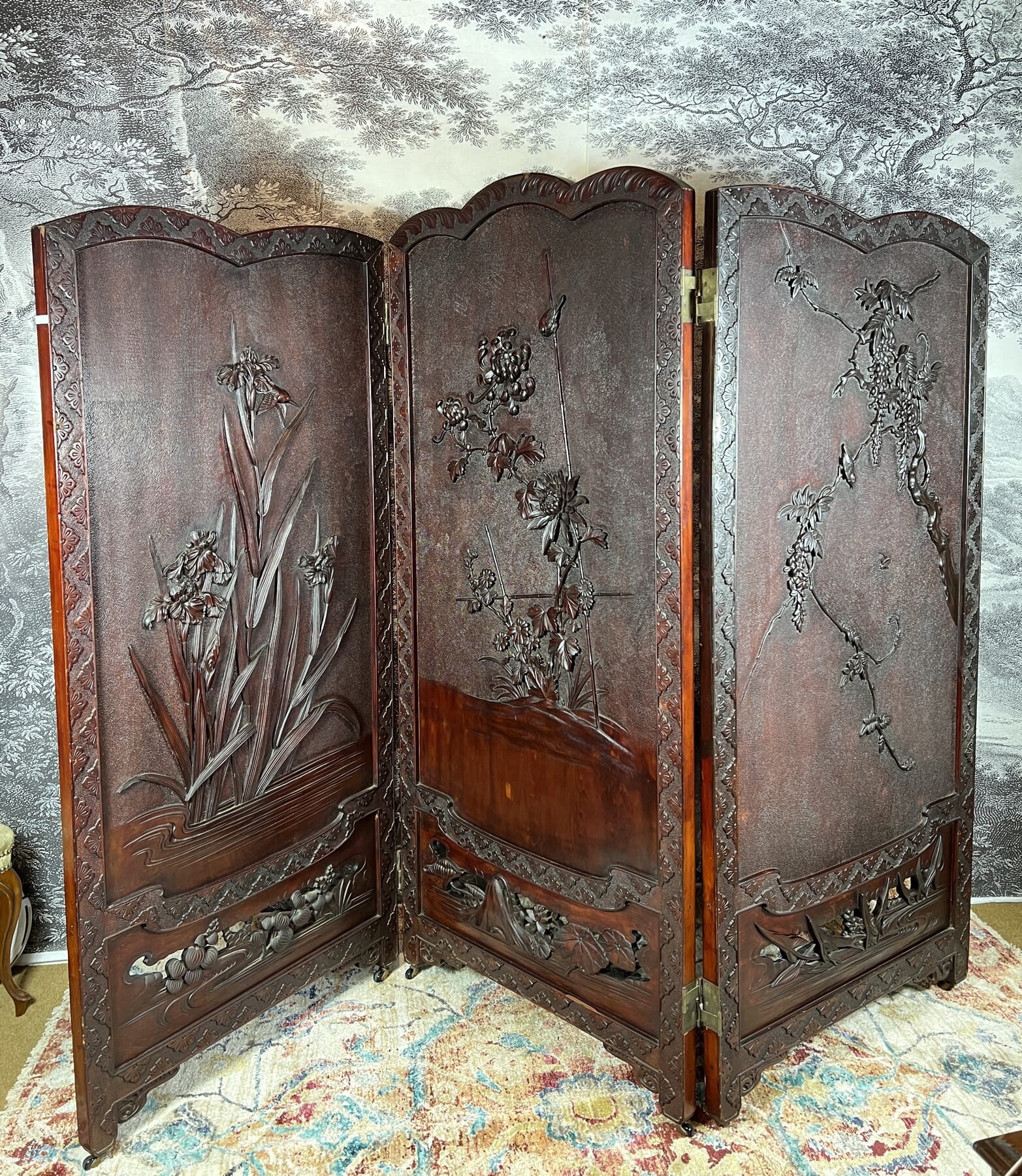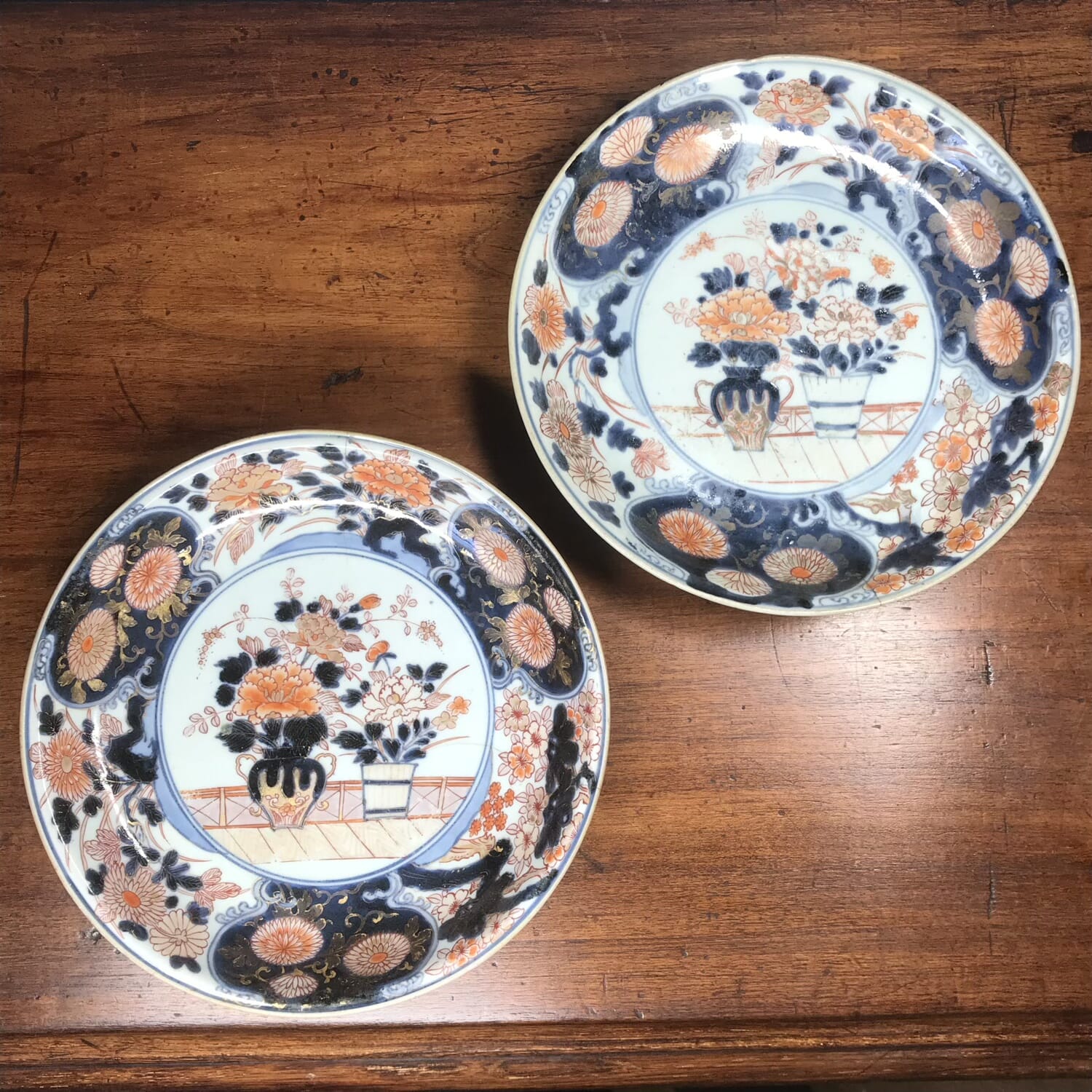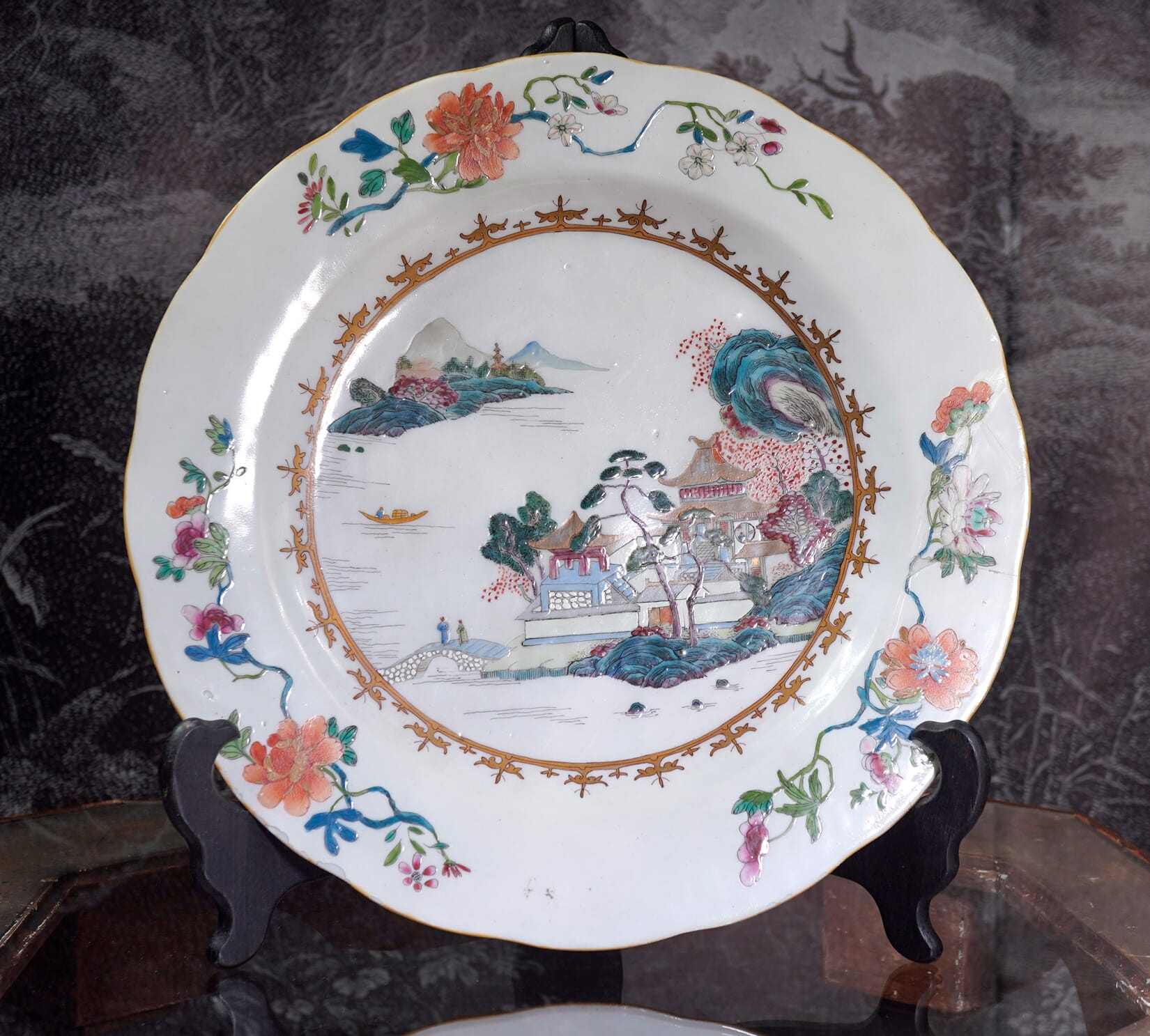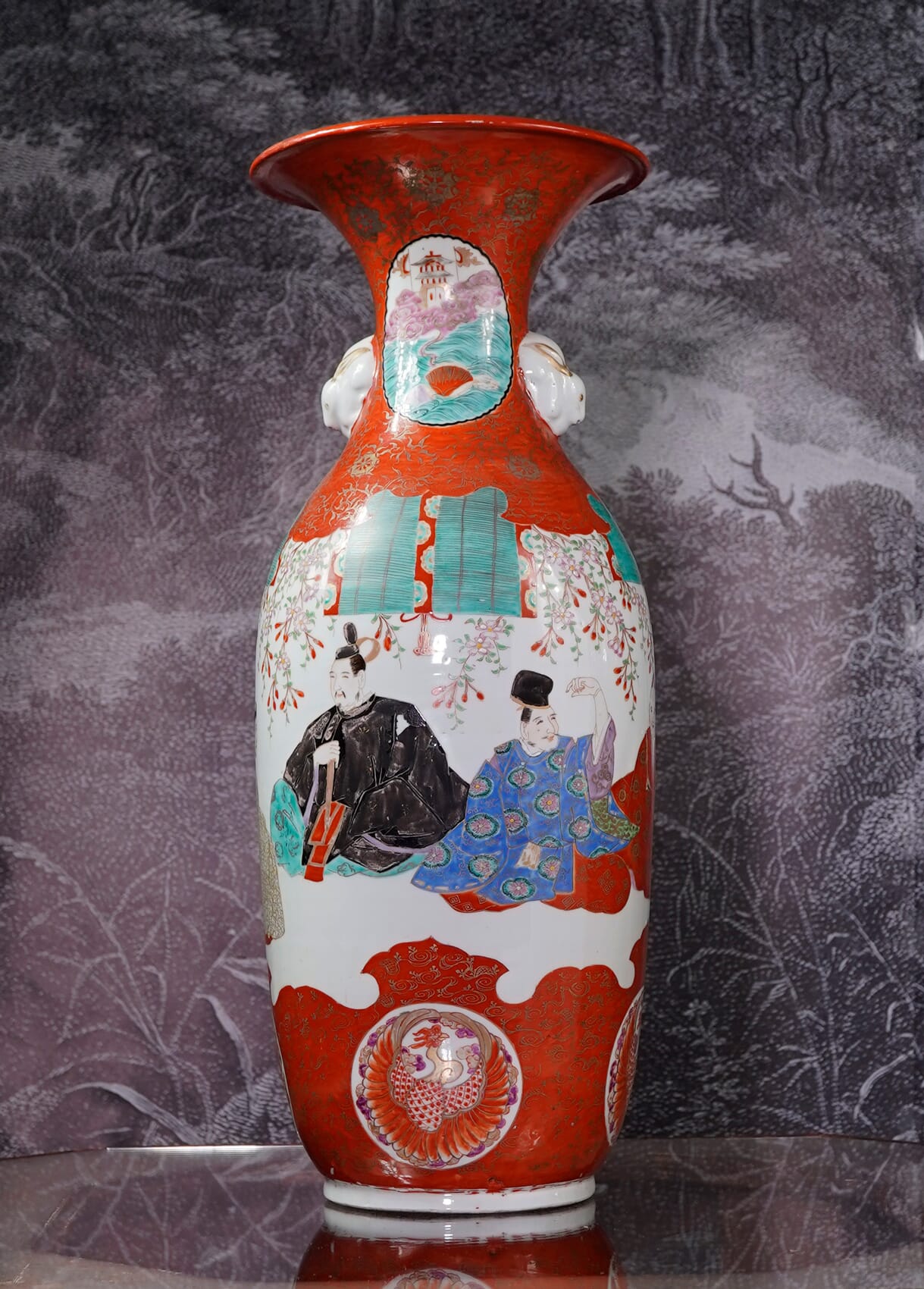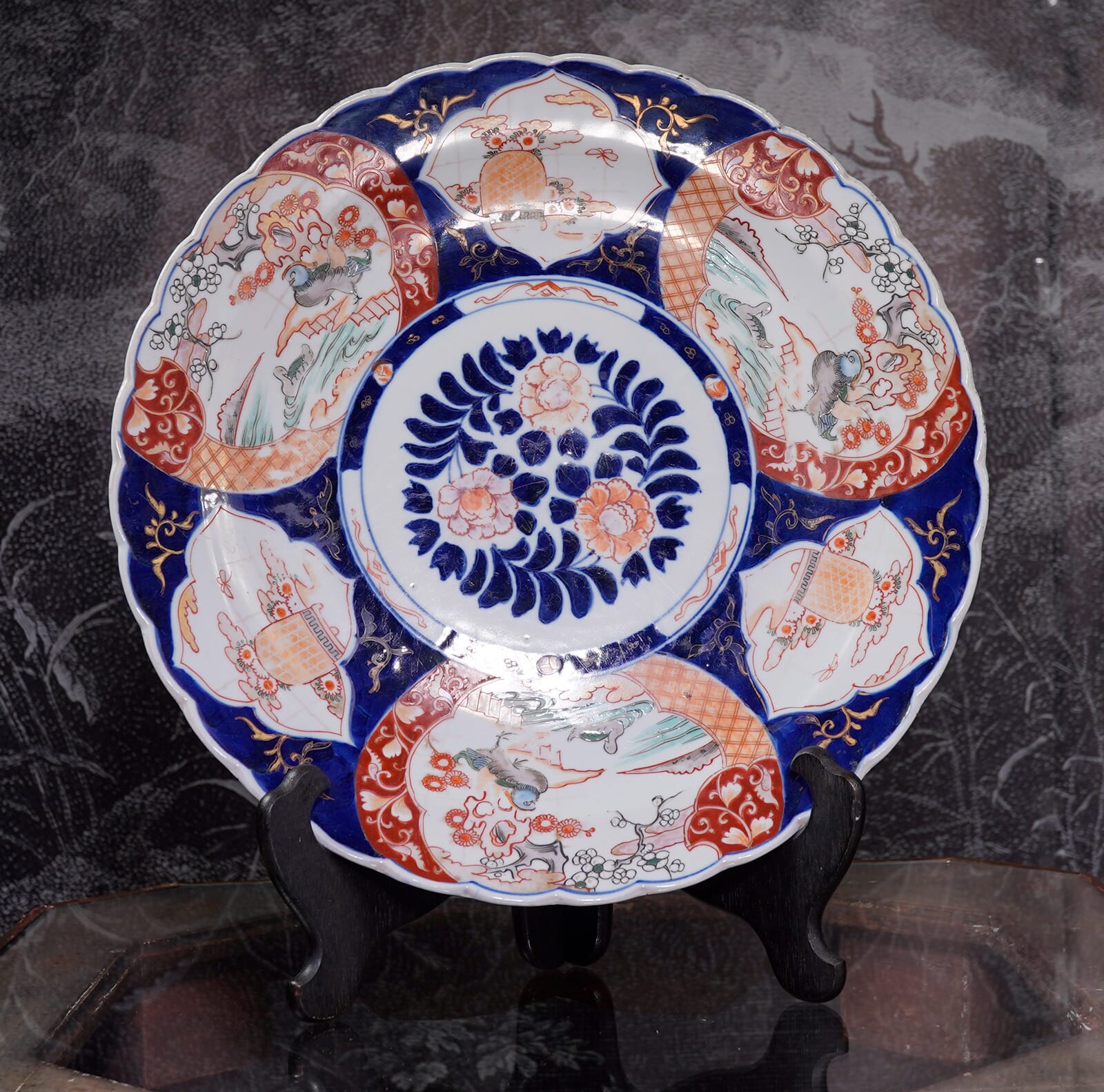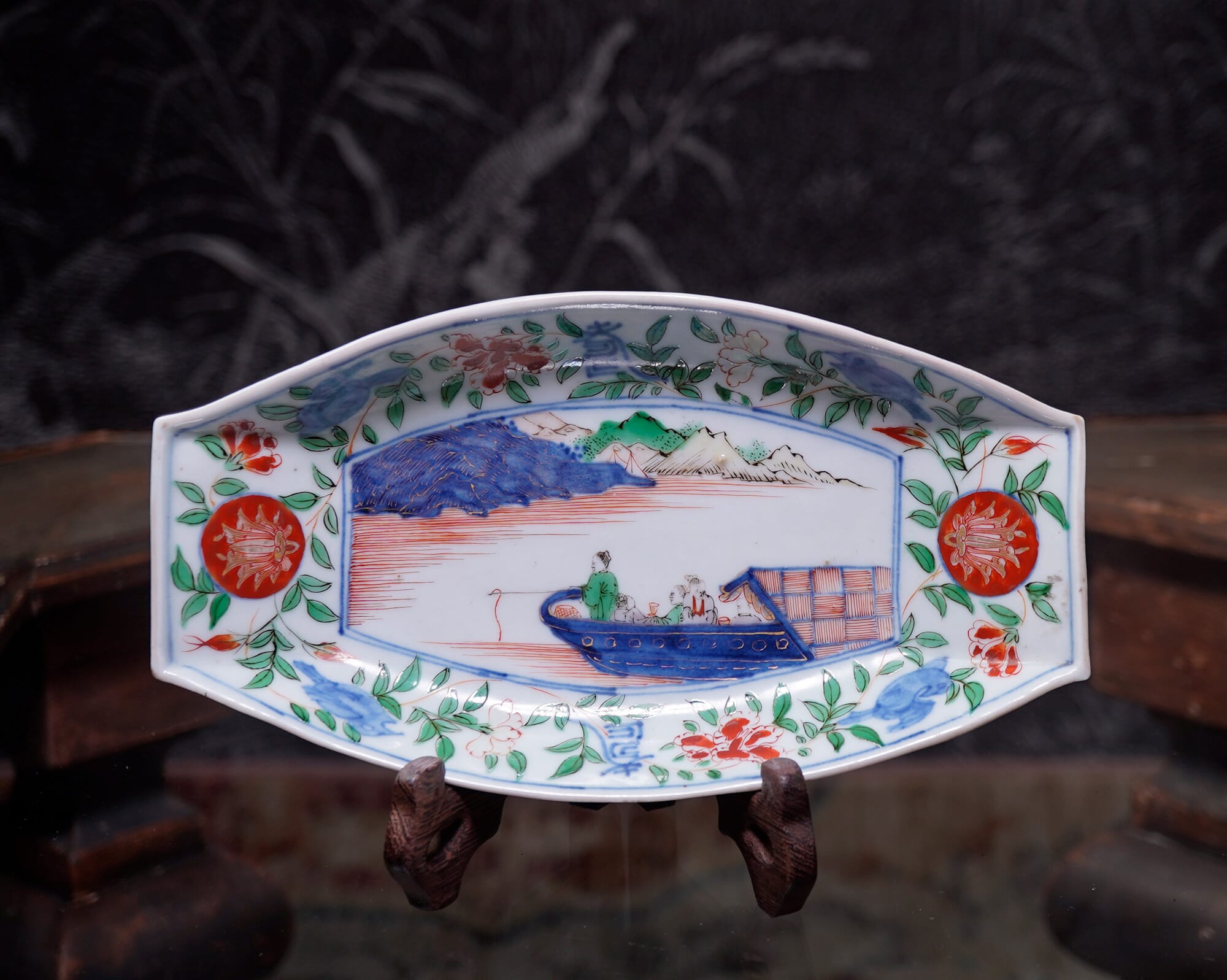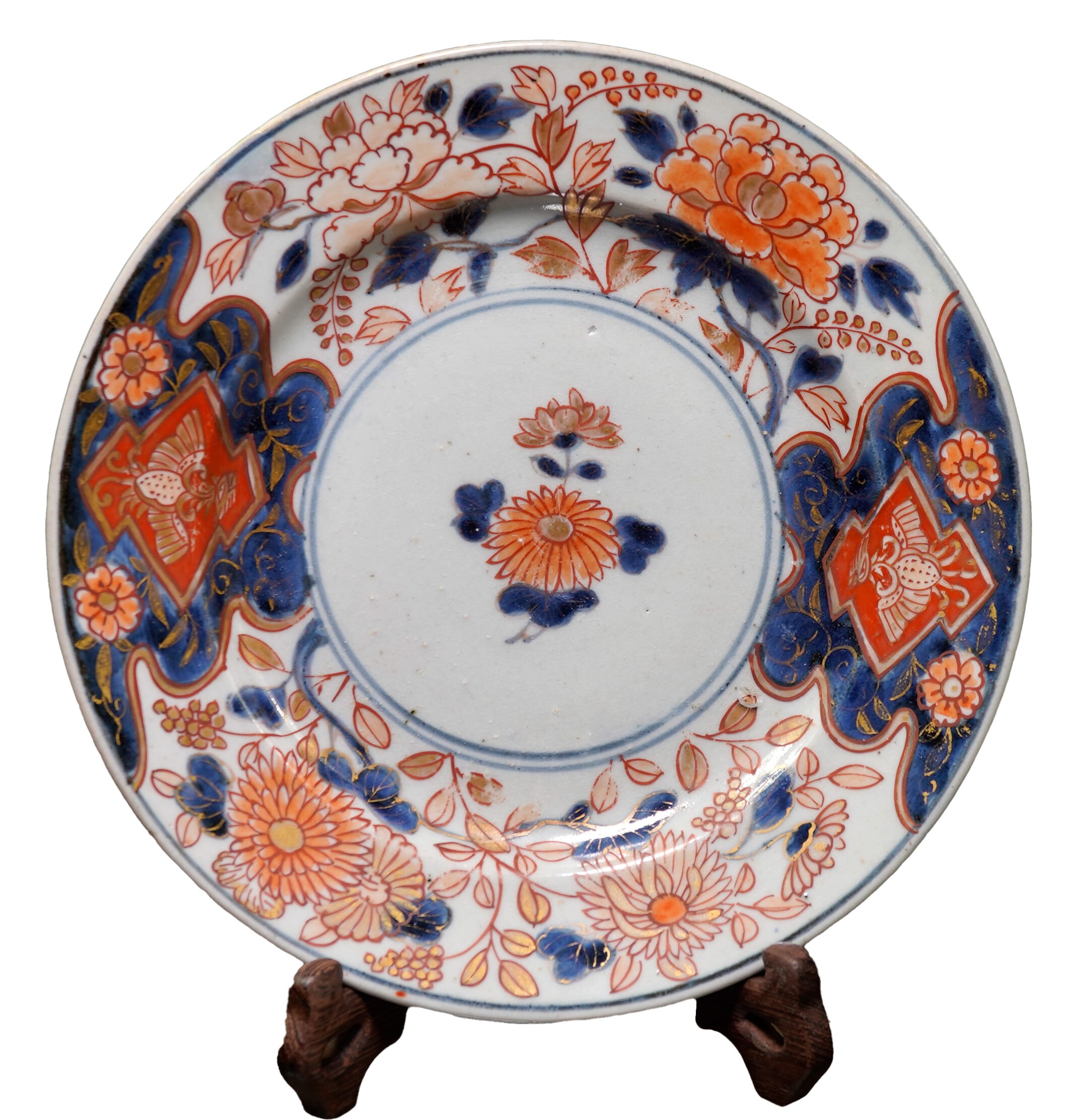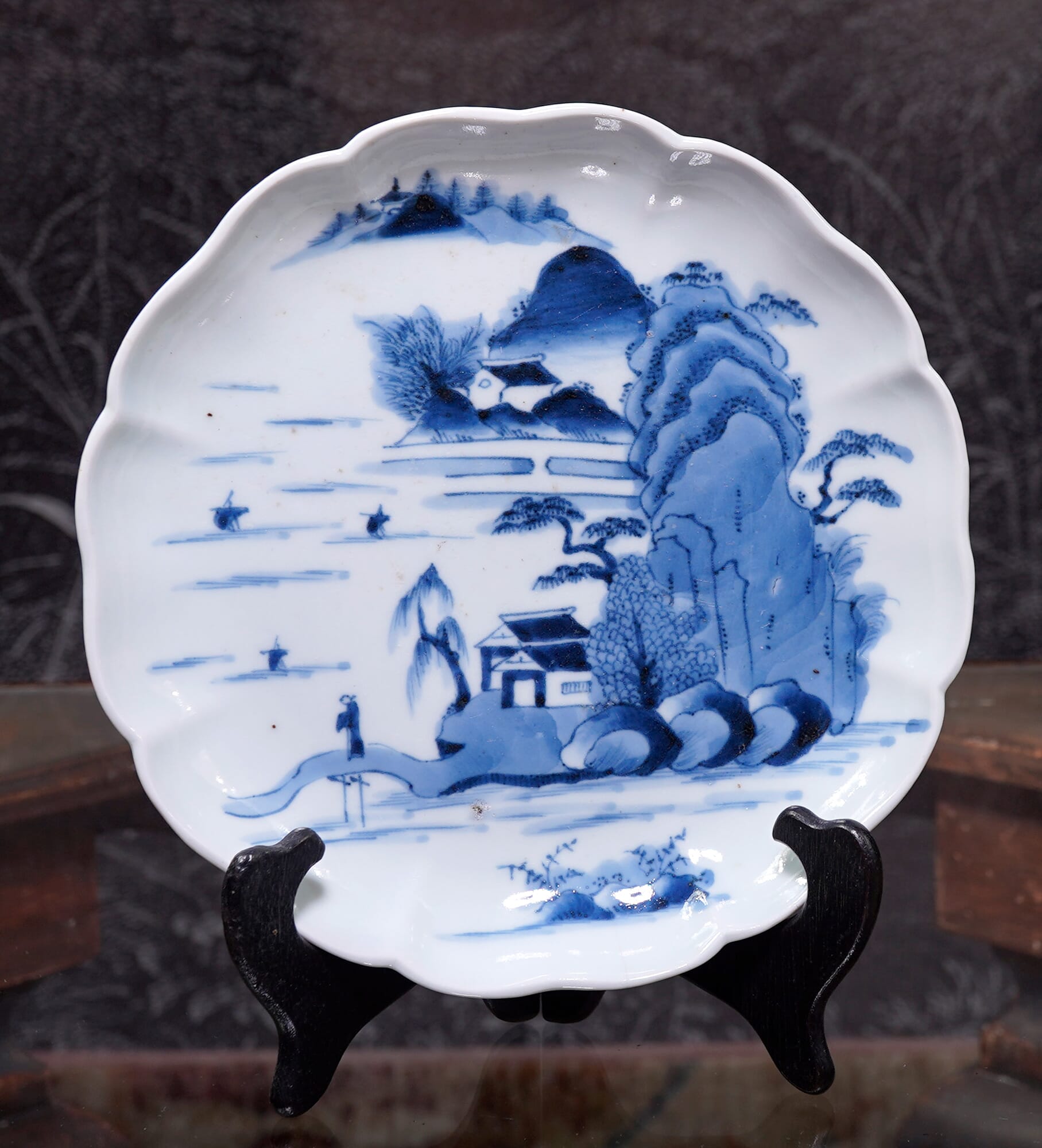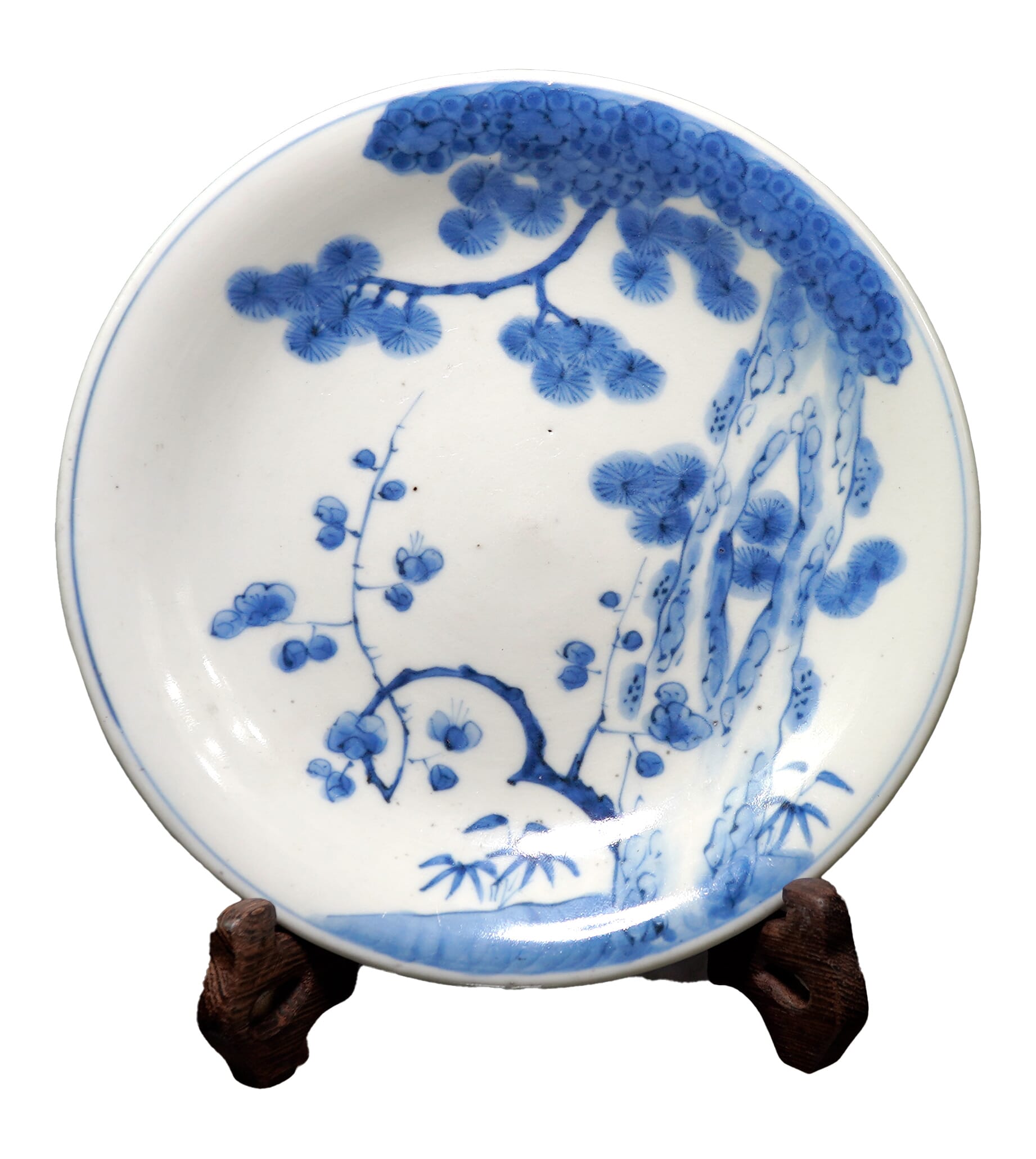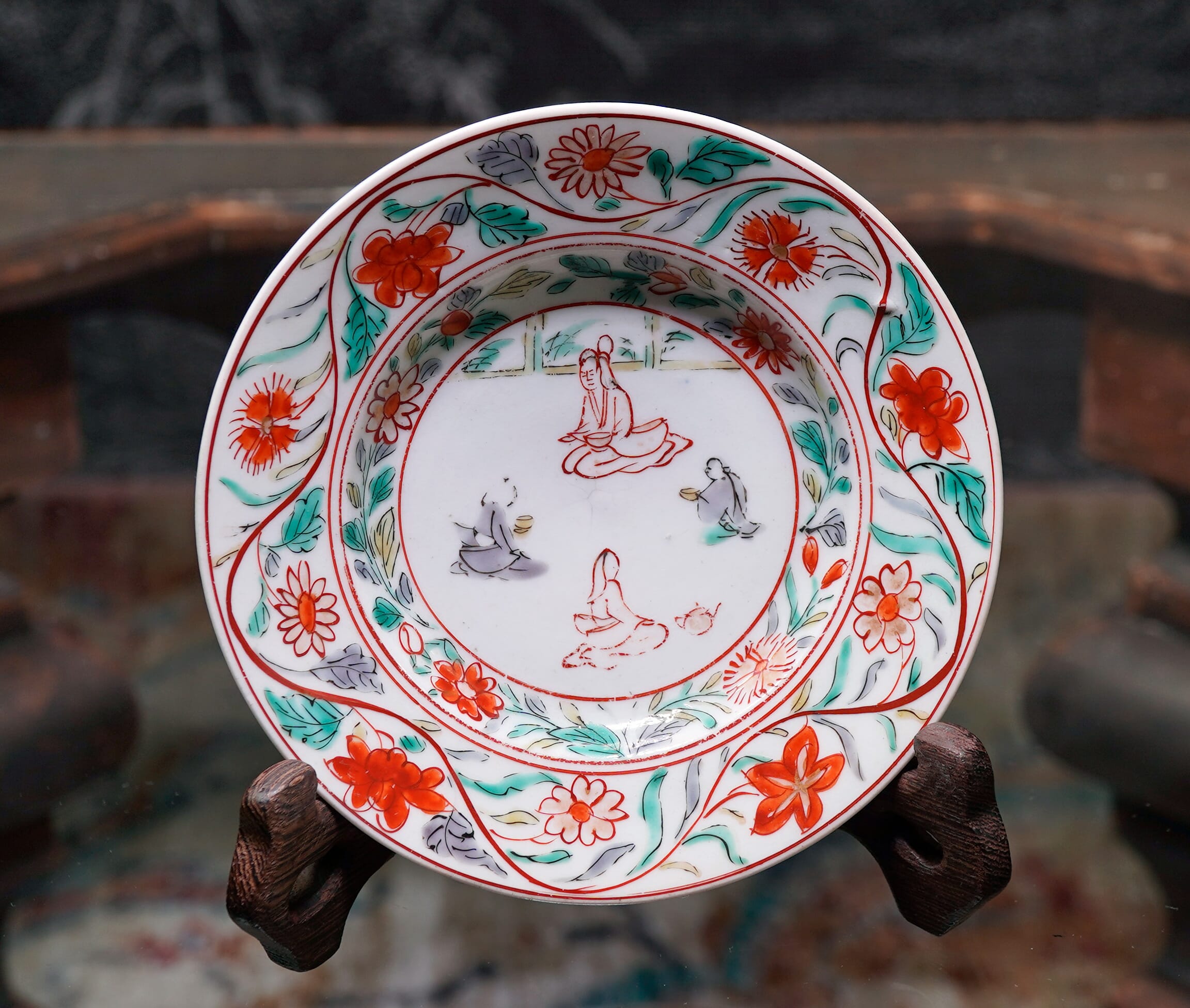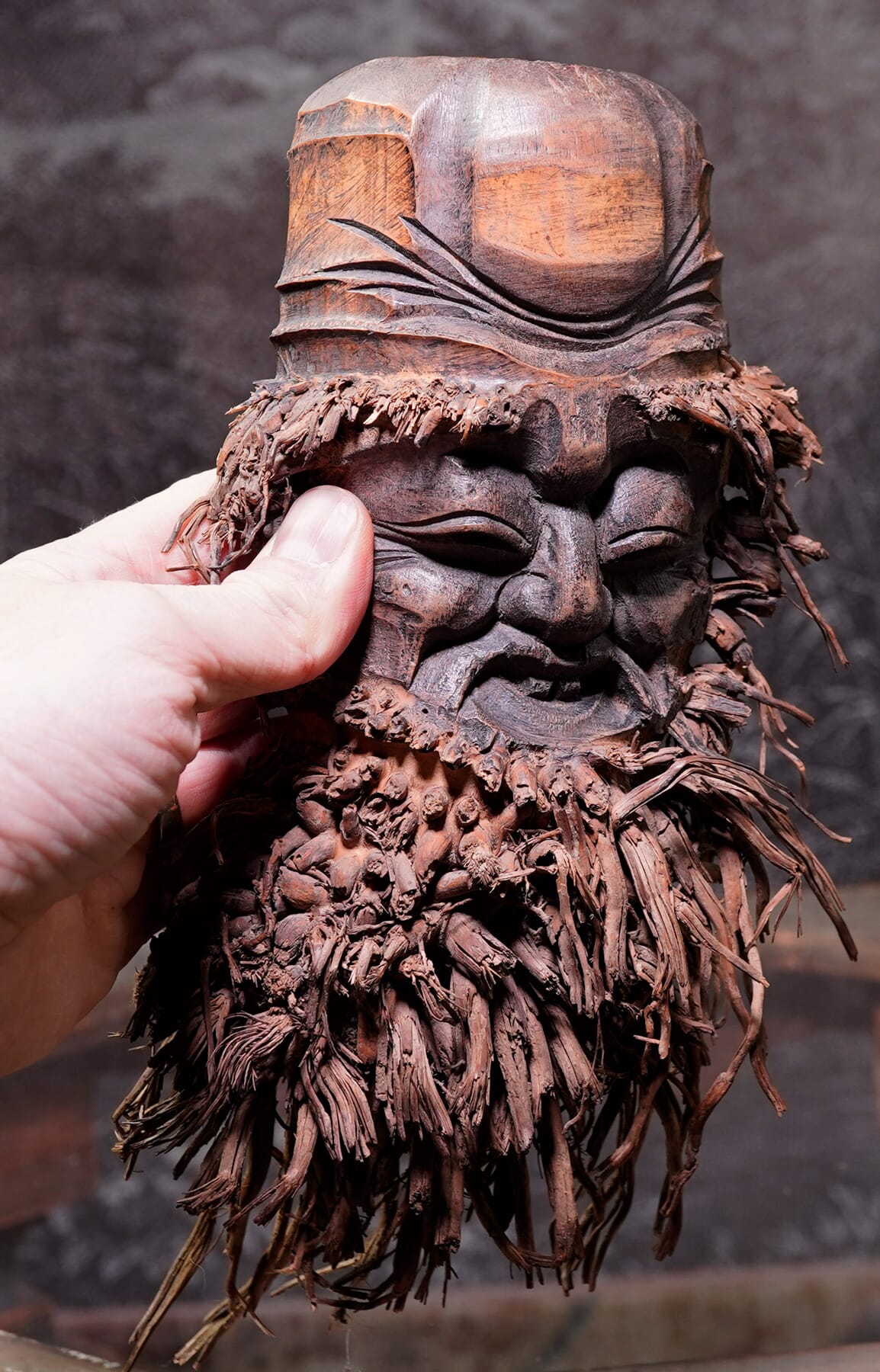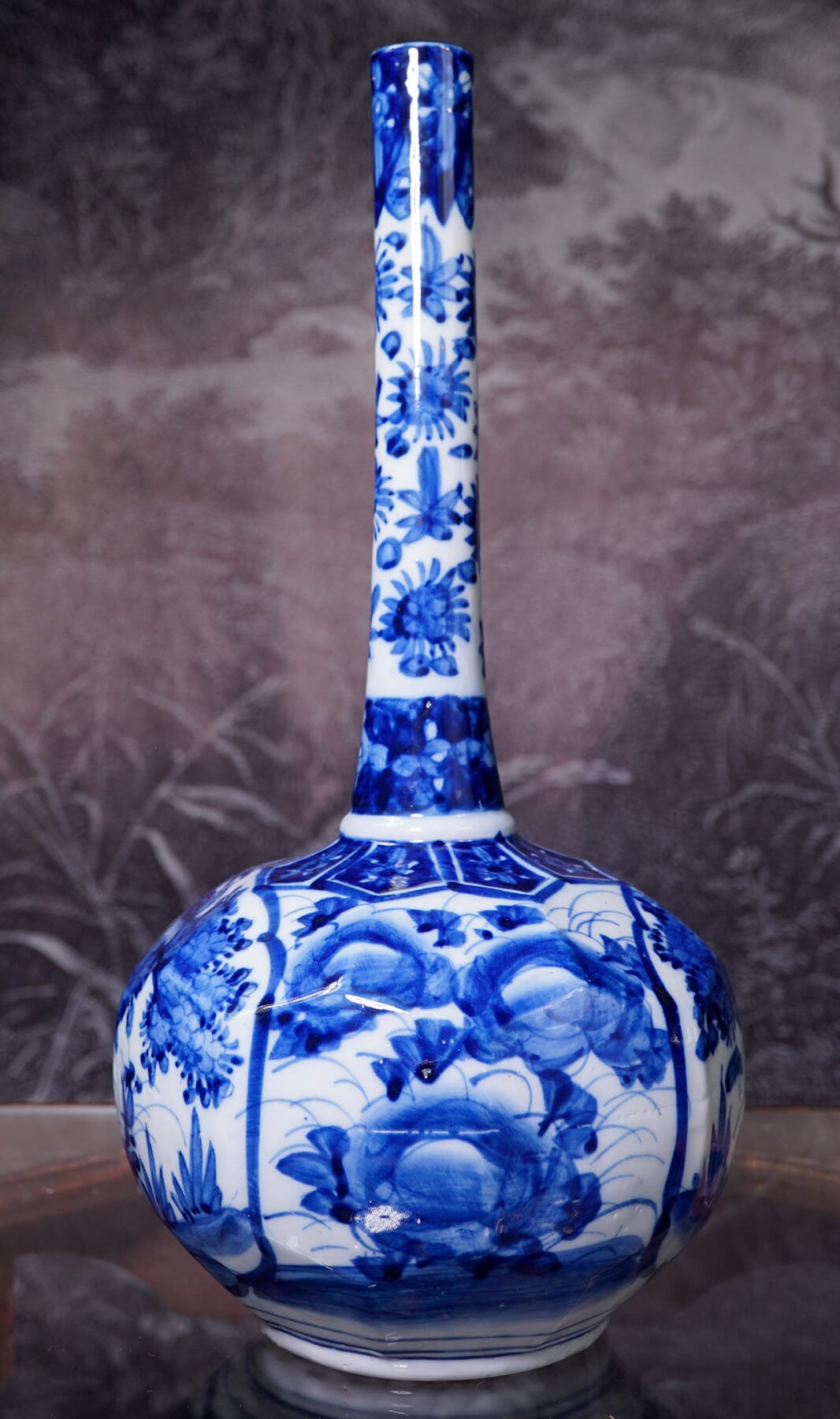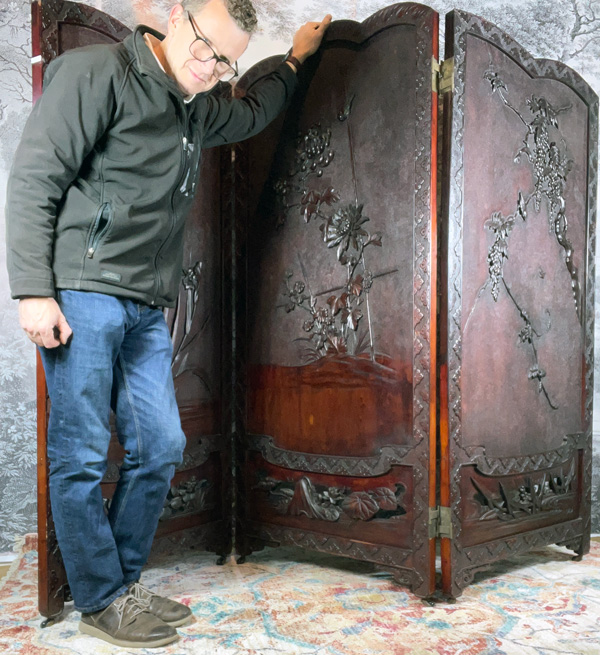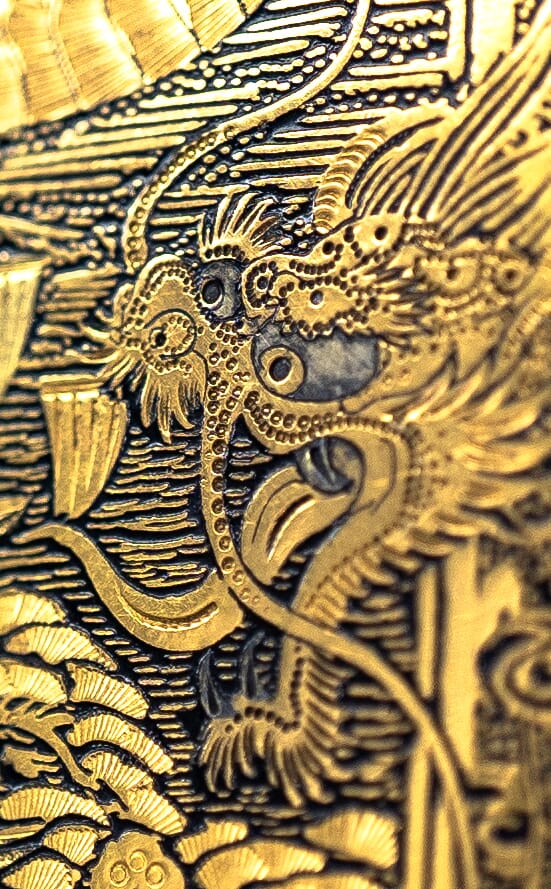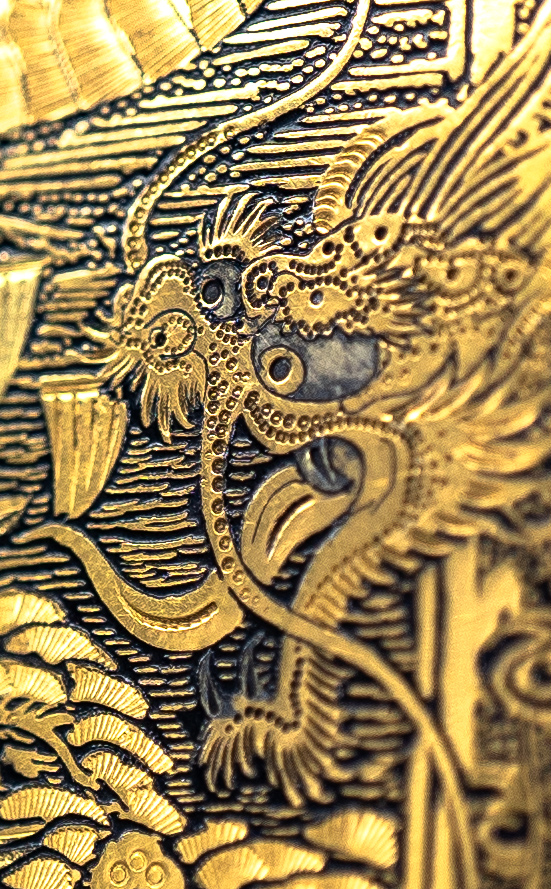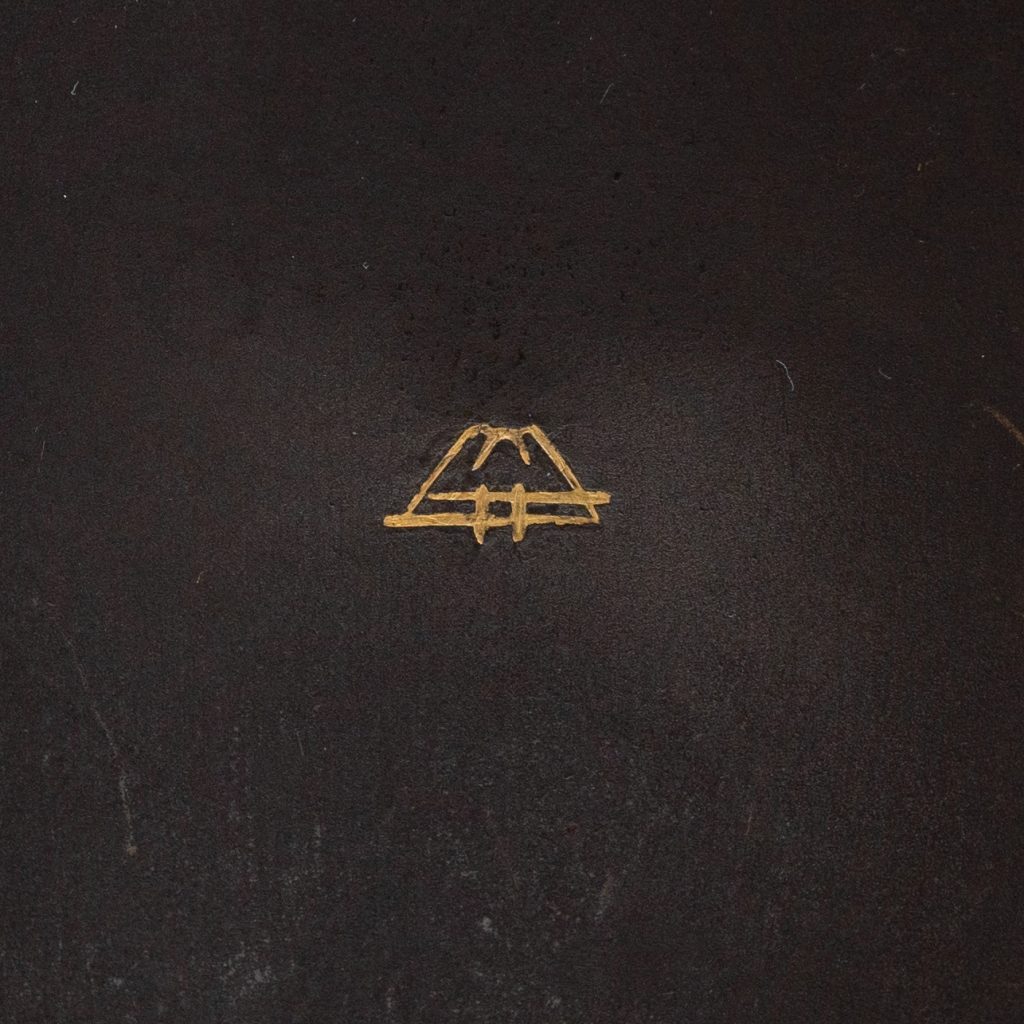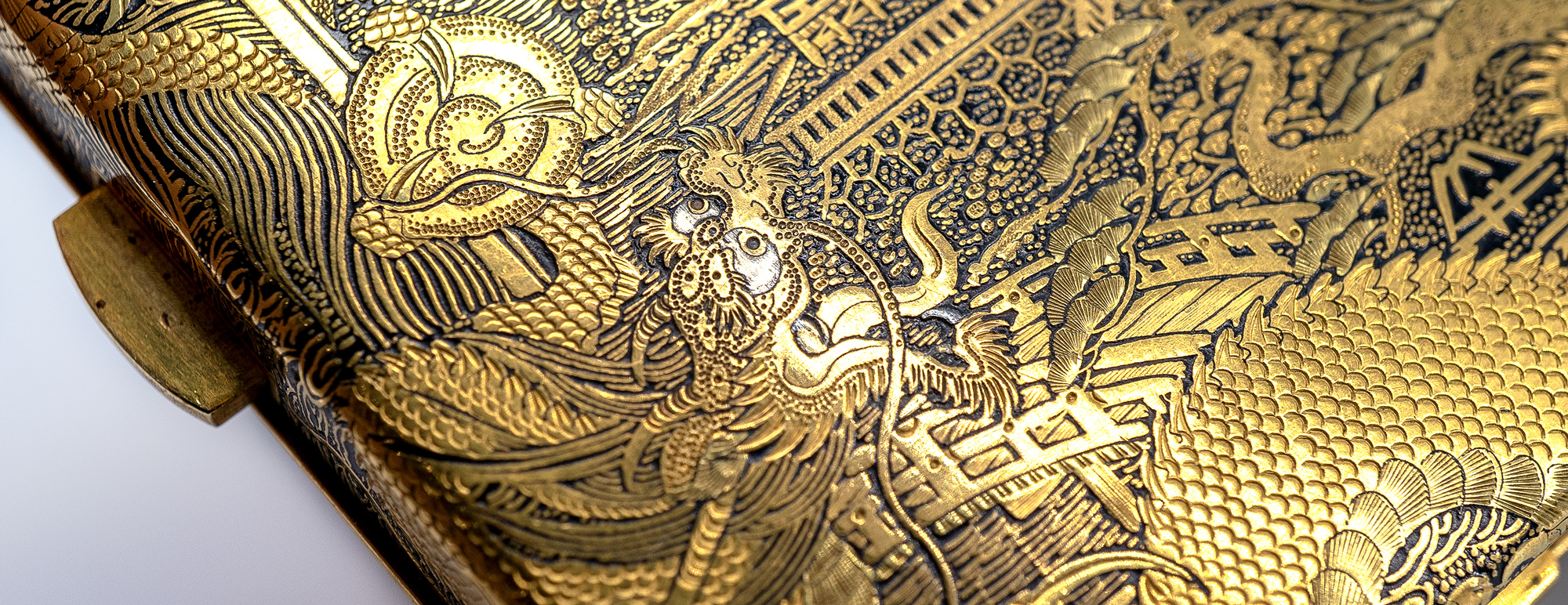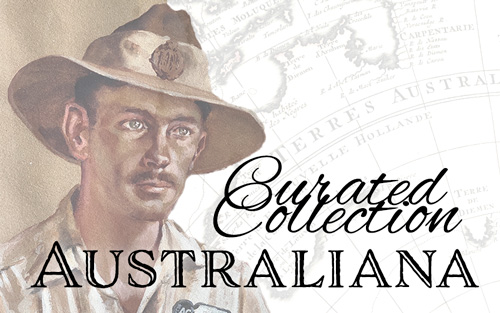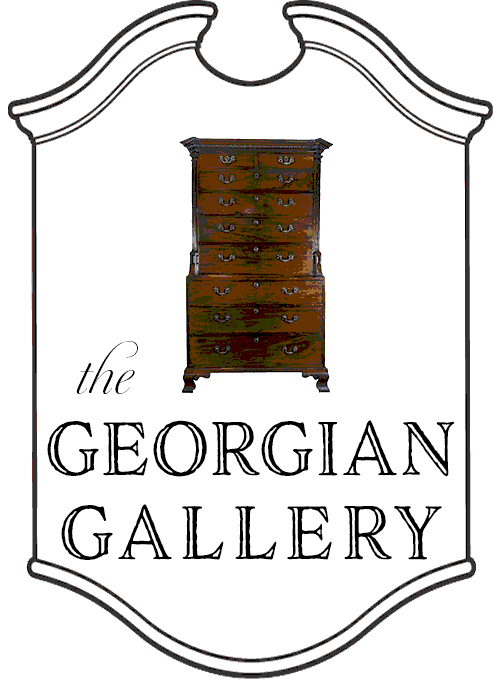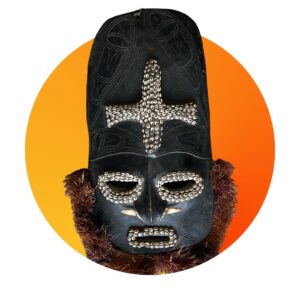
Welcome to the first of a series of Asian Specials.
We’re amazed at the Asian items that turn up in Australia. From Ming Bronzes to Japanese Cloisonné, there’s a wealth of fine Chinese, Japanese, Korean & other South-East Asian works to find. This is due to two things; we’re close to Asia, and Australians are great travellers. Naturally, they bring things back with them!
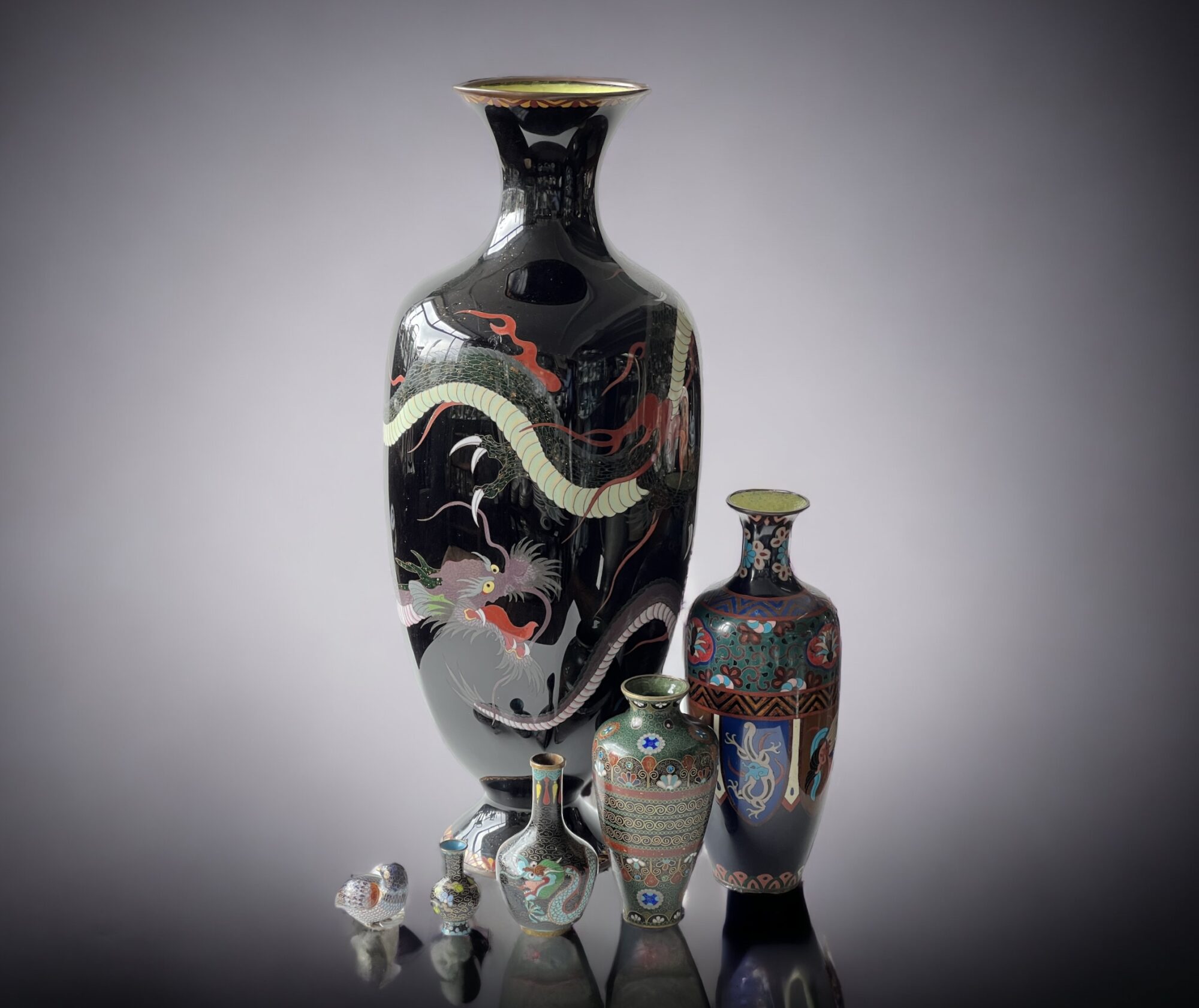
This week, we have a group of Japanese & Chinese Cloisonné – including a remarkable piece, an oversize Japanese vase notable for the pair of ferocious dragons dramatically writhing their way around the vase. This vase is giant – 61cm high! – and dates to the later 19th century. The bright enamel colours and glossy black background make it a dramatic display piece.

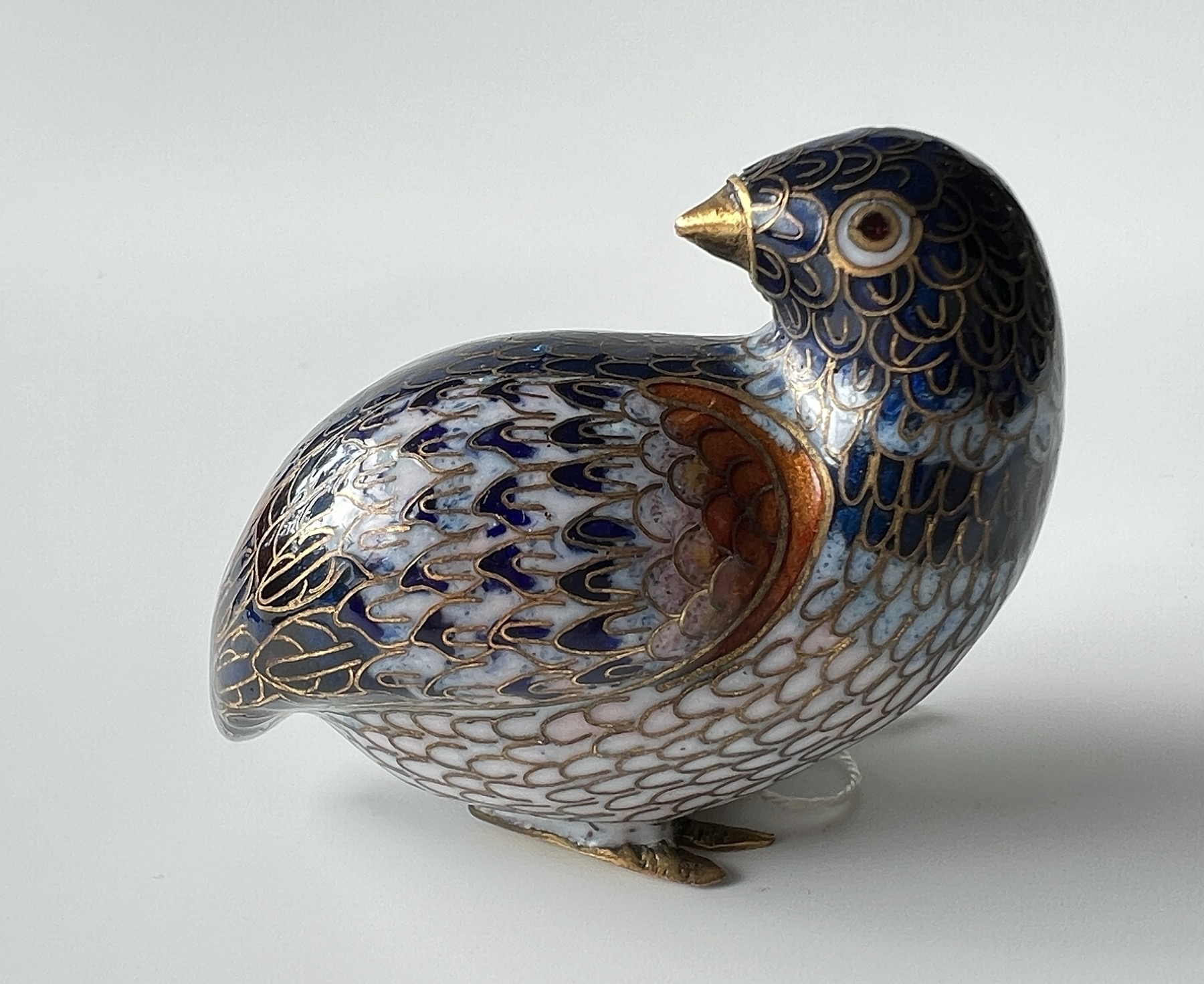
On the opposite extreme is a tiny – fits in the palm of your hand, so actually life-size – quail in cloisonné, also Japanese & super cute!
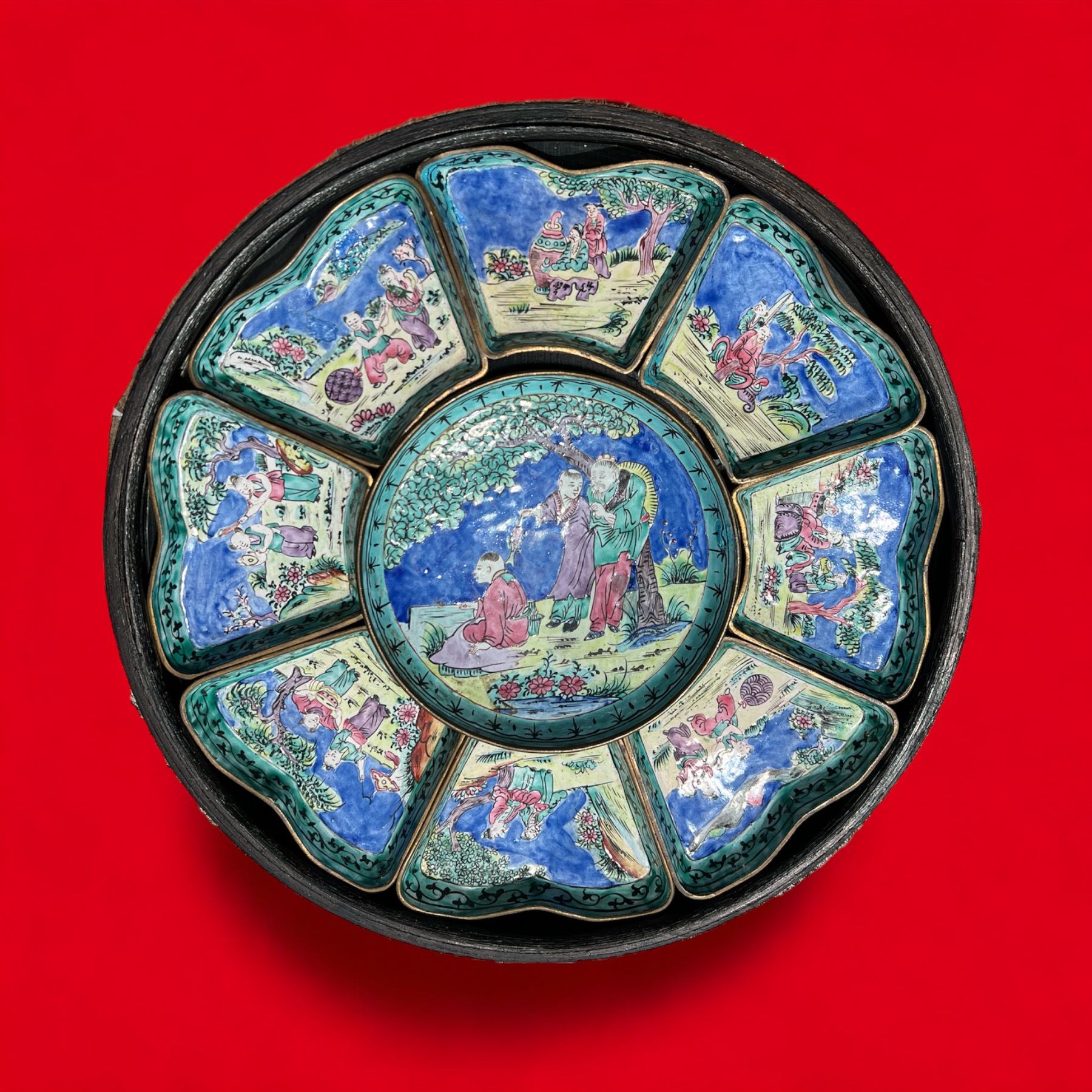

There’s also a selection of interesting Shipwreck items. We’re always looking for these, as they have the allure of being under the sea for hundred of years – and are therefore ‘guaranteed’ to be authentic. Compare this to items that just turn up out of nowhere without a rock-solid provenance like a shipwreck: they’re much harder to be certain about authenticity. We have a selection of pieces & shards from various known & dated shipwrecks as our pieces for direct comparison & learning.
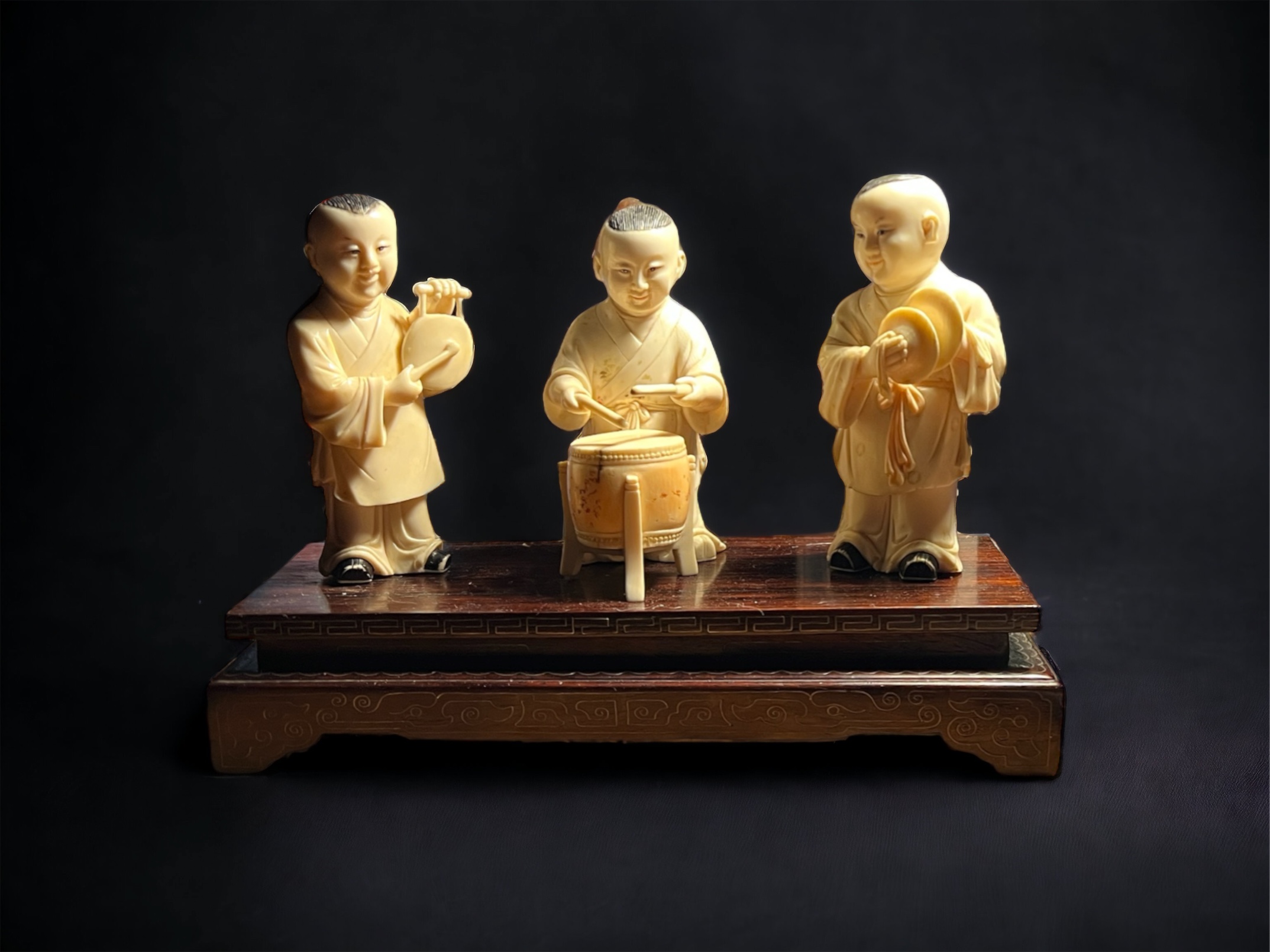
Coming Soon!
Delightful band of Chinese Musical Children, late Qing Dynasty
Fresh Asian Stock
-
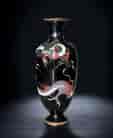 Very Large Japanese cloisonné vase, dragons on black, c. 1885$2,800.00 AUD
Very Large Japanese cloisonné vase, dragons on black, c. 1885$2,800.00 AUD -
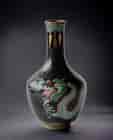 Chinese Black Cloisonné vase with blue-scale dragon, c. 1900Sold
Chinese Black Cloisonné vase with blue-scale dragon, c. 1900Sold -
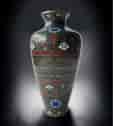 Japanese Cloisonné vase, fine colourful patterns, c. 1890$75.00 AUD
Japanese Cloisonné vase, fine colourful patterns, c. 1890$75.00 AUD -
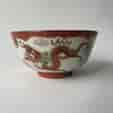 Chinese Porcelain bowl, Dragon & Phoenix on red ground, c. 1900$185.00 AUD
Chinese Porcelain bowl, Dragon & Phoenix on red ground, c. 1900$185.00 AUD -
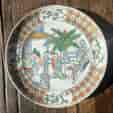 Chinese export plate, ‘Western Chamber’ scene, Qianglong period c.1780$680.00 AUD
Chinese export plate, ‘Western Chamber’ scene, Qianglong period c.1780$680.00 AUD -
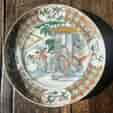 Chinese export plate, ‘Western Chamber’ scene, Qianglong period c.1780$680.00 AUD
Chinese export plate, ‘Western Chamber’ scene, Qianglong period c.1780$680.00 AUD -
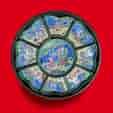 Chinese Canton Enamel segmented dish set, figures in gardens, c. 1900$780.00 AUD
Chinese Canton Enamel segmented dish set, figures in gardens, c. 1900$780.00 AUD -
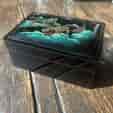 Fine Japanese lacquer box, landscape, earlier 20th c.$45.00 AUD
Fine Japanese lacquer box, landscape, earlier 20th c.$45.00 AUD -
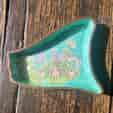 Chinese Canton Enamel dish, butterflies & flowers, Qing Dynasty$145.00 AUD
Chinese Canton Enamel dish, butterflies & flowers, Qing Dynasty$145.00 AUD -
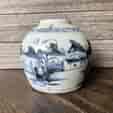 Chinese ginger jar, underglaze blue river landscape, 18th/19th century$395.00 AUD
Chinese ginger jar, underglaze blue river landscape, 18th/19th century$395.00 AUD -
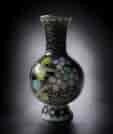 Small Cloisonné vase with flowers, 20th c.$45.00 AUD
Small Cloisonné vase with flowers, 20th c.$45.00 AUD -
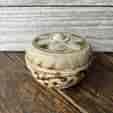 Thai stoneware covered jar 15th Century$280.00 AUD
Thai stoneware covered jar 15th Century$280.00 AUD -
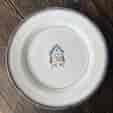 Small Chinese export plate, ‘DR’ monogram, c. 1790$295.00 AUD
Small Chinese export plate, ‘DR’ monogram, c. 1790$295.00 AUD -
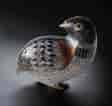 Chinese Cloisonné Quail, gilt copper details, c. 1900Sold
Chinese Cloisonné Quail, gilt copper details, c. 1900Sold -
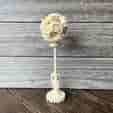 Chinese Ivory puzzle ball, figural support, damaged interior c. 1900$380.00 AUD
Chinese Ivory puzzle ball, figural support, damaged interior c. 1900$380.00 AUD -
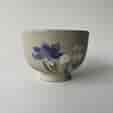 Japanese stoneware tea bowl, iris decoration c.1900$15.00 AUD
Japanese stoneware tea bowl, iris decoration c.1900$15.00 AUD -
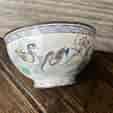 Chinese Enamel bowl, ducks & lotus, poem & 4-character Qianlong mark, 19thc.$295.00 AUD
Chinese Enamel bowl, ducks & lotus, poem & 4-character Qianlong mark, 19thc.$295.00 AUD -
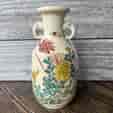 Japanese Satsuma pottery vase, flower garden & verse, Meiji 19th century$65.00 AUD
Japanese Satsuma pottery vase, flower garden & verse, Meiji 19th century$65.00 AUD -
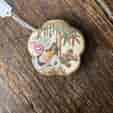 Satsuma belt buckle, cranes in a garden, 19th century$165.00 AUD
Satsuma belt buckle, cranes in a garden, 19th century$165.00 AUD -
 Pair of small Chinese pith paintings, flower seller & fireworks, mid 19th century$295.00 AUD
Pair of small Chinese pith paintings, flower seller & fireworks, mid 19th century$295.00 AUD -
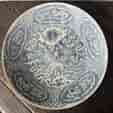 Bhin Thuan Shipwreck ‘Phoenix’ dish, Chinese Swatow ware, c. 1608Sold
Bhin Thuan Shipwreck ‘Phoenix’ dish, Chinese Swatow ware, c. 1608Sold -
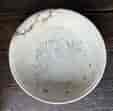 Hoi An shipwreck large charger with bird in foliage Late 15th C$1,350.00 AUD
Hoi An shipwreck large charger with bird in foliage Late 15th C$1,350.00 AUD -
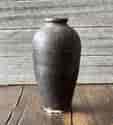 Song Dynasty Mei- Ping, dark brown/black glaze, 11th-12th century AD$950.00 AUD
Song Dynasty Mei- Ping, dark brown/black glaze, 11th-12th century AD$950.00 AUD -
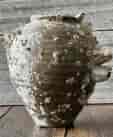 Song dynasty shipwreck pot, olive glaze, 960-1269 ADSold
Song dynasty shipwreck pot, olive glaze, 960-1269 ADSold -
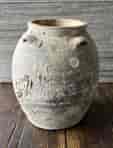 Song dynasty shipwreck pot with 4 small lug handles, 13th -14th century ADSold
Song dynasty shipwreck pot with 4 small lug handles, 13th -14th century ADSold -
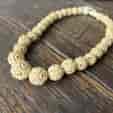 Bone bead necklace, Asian, late 19th century$125.00 AUD
Bone bead necklace, Asian, late 19th century$125.00 AUD -
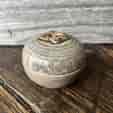 Thai stoneware box, Sukhothai, 14th-16th century$165.00 AUD
Thai stoneware box, Sukhothai, 14th-16th century$165.00 AUD -
 Chinese figural altar vessel, boy on a kylin, 17th century$950.00 AUD
Chinese figural altar vessel, boy on a kylin, 17th century$950.00 AUD -
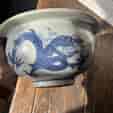 Chinese bowl with facing dragons, 17th/18th century$650.00 AUD
Chinese bowl with facing dragons, 17th/18th century$650.00 AUD -
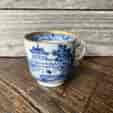 Chinese export coffee cup, pagoda pattern, C. 1790$120.00 AUD
Chinese export coffee cup, pagoda pattern, C. 1790$120.00 AUD -
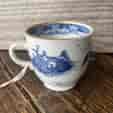 Chinese export coffee cup, pagoda pattern, European gold, C. 1790$140.00 AUD
Chinese export coffee cup, pagoda pattern, European gold, C. 1790$140.00 AUD -
 Chinese Export coffee cup, Japanese fabric pattern, c.1760$220.00 AUD
Chinese Export coffee cup, Japanese fabric pattern, c.1760$220.00 AUD

